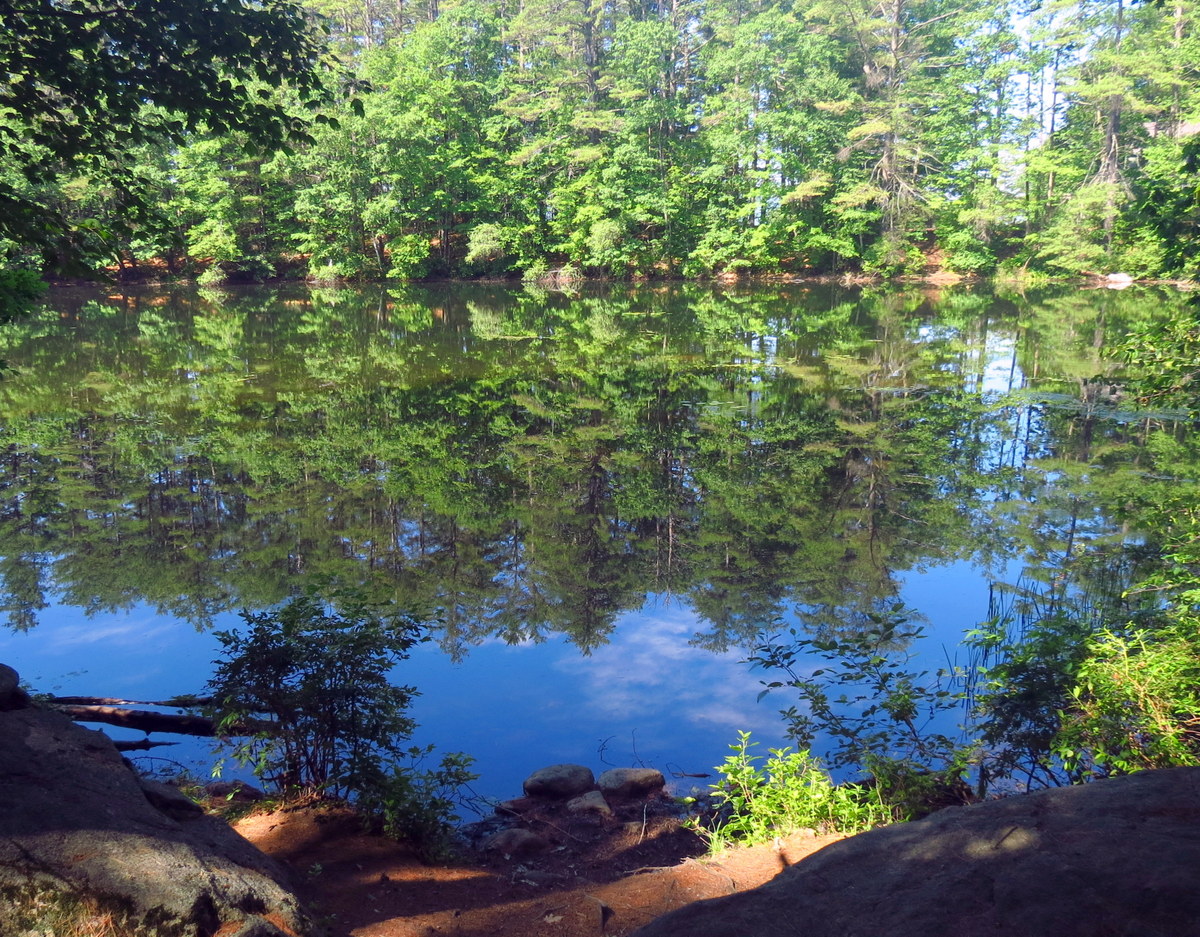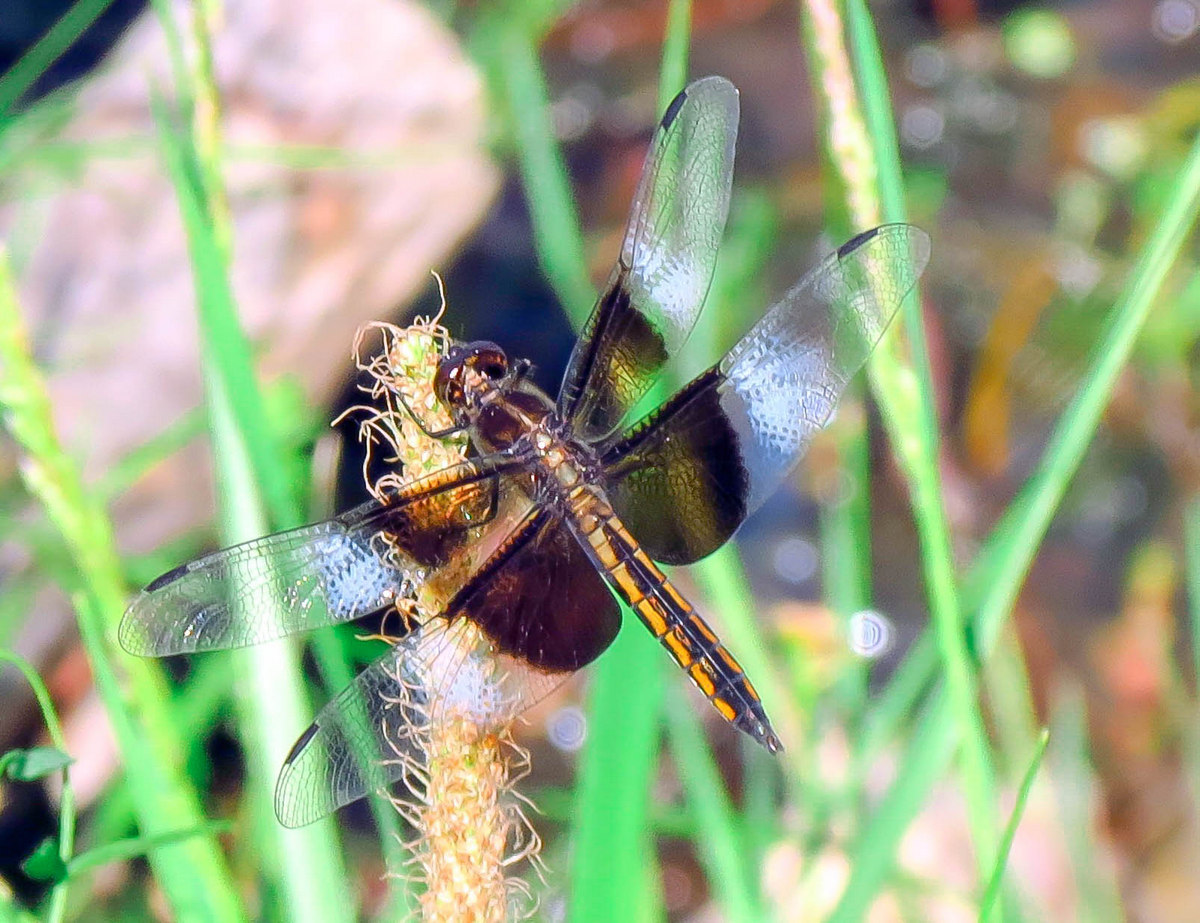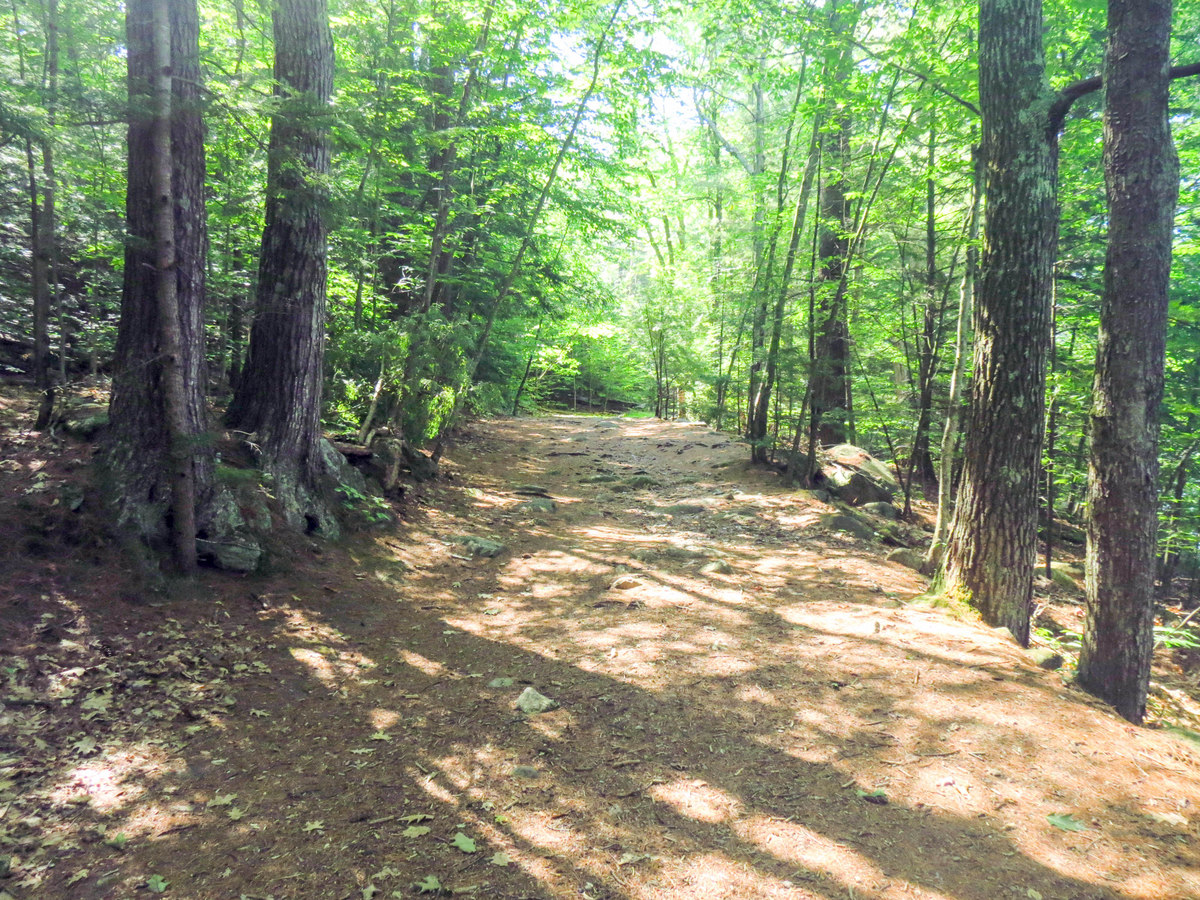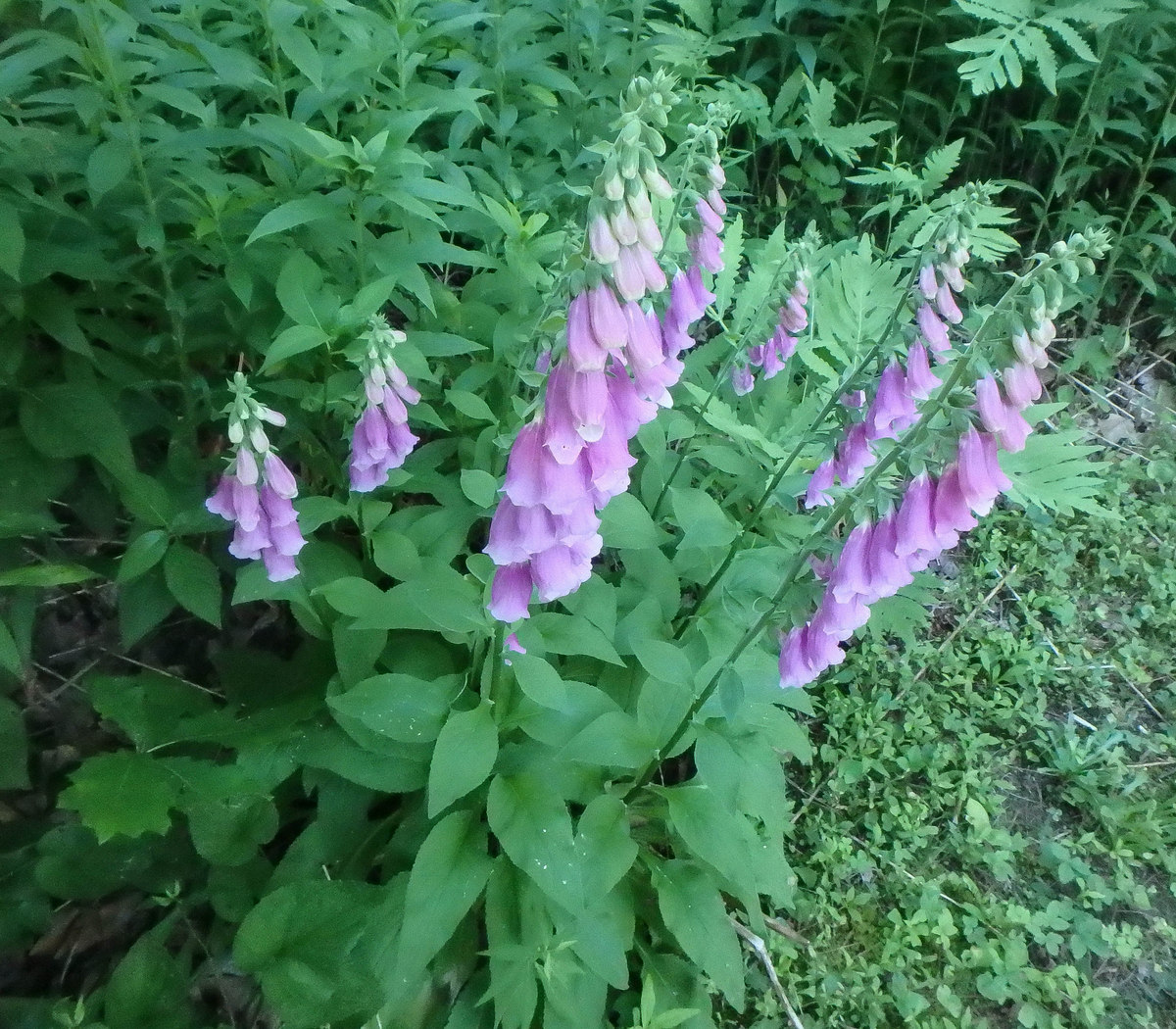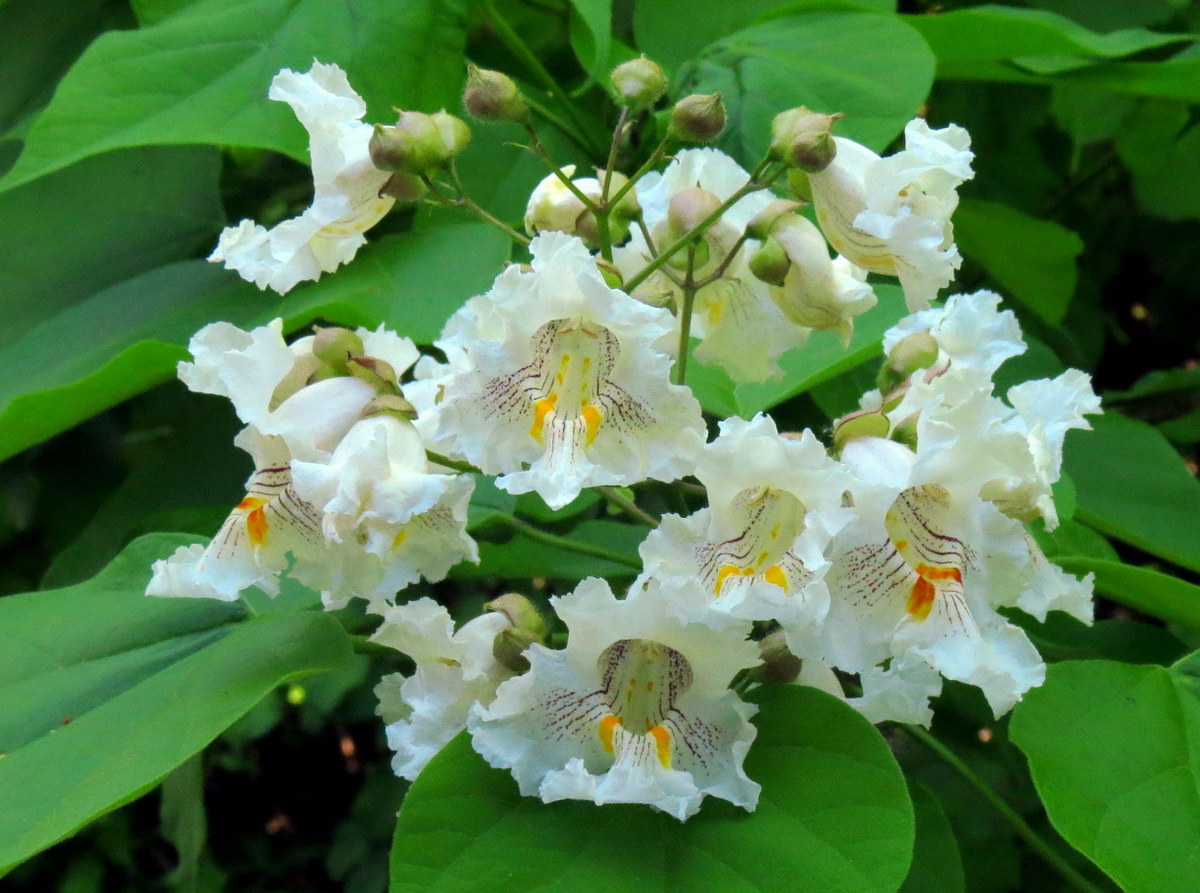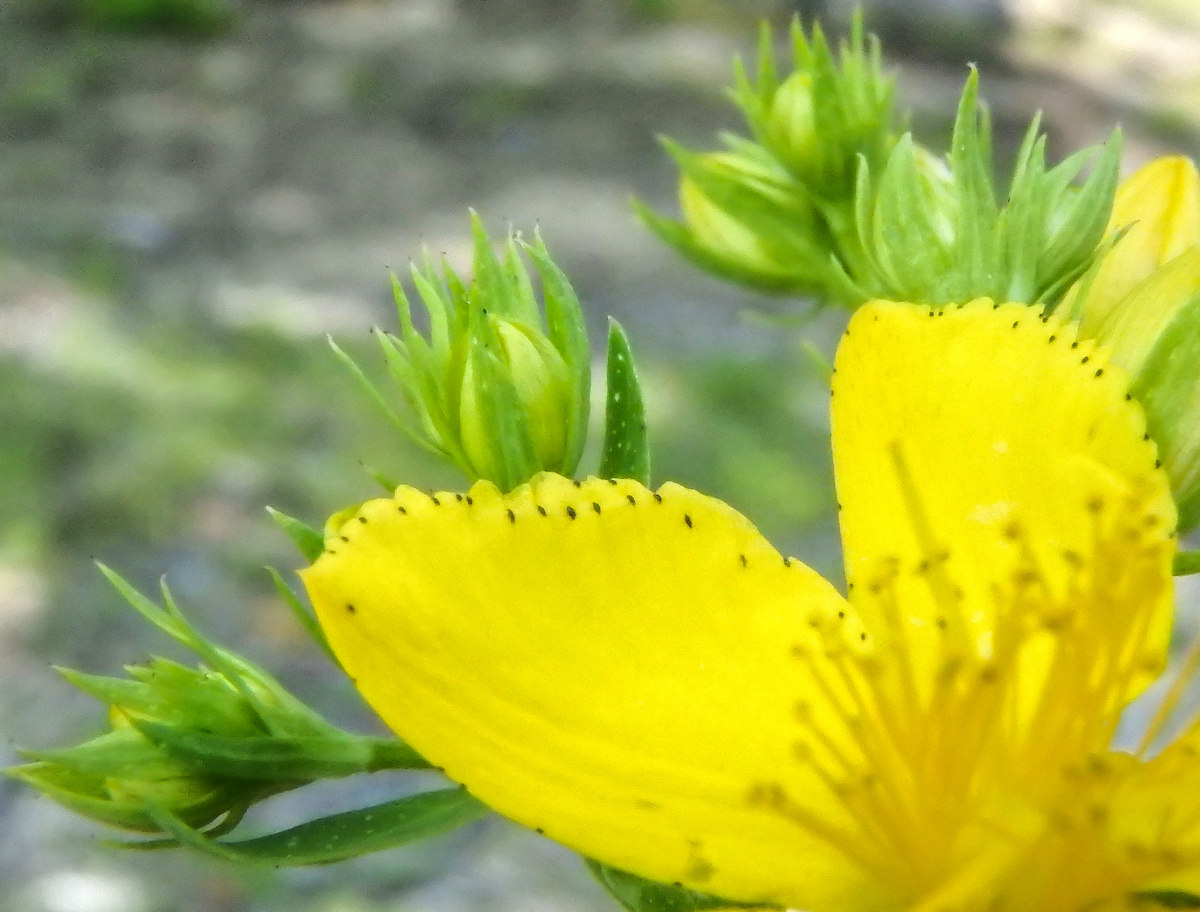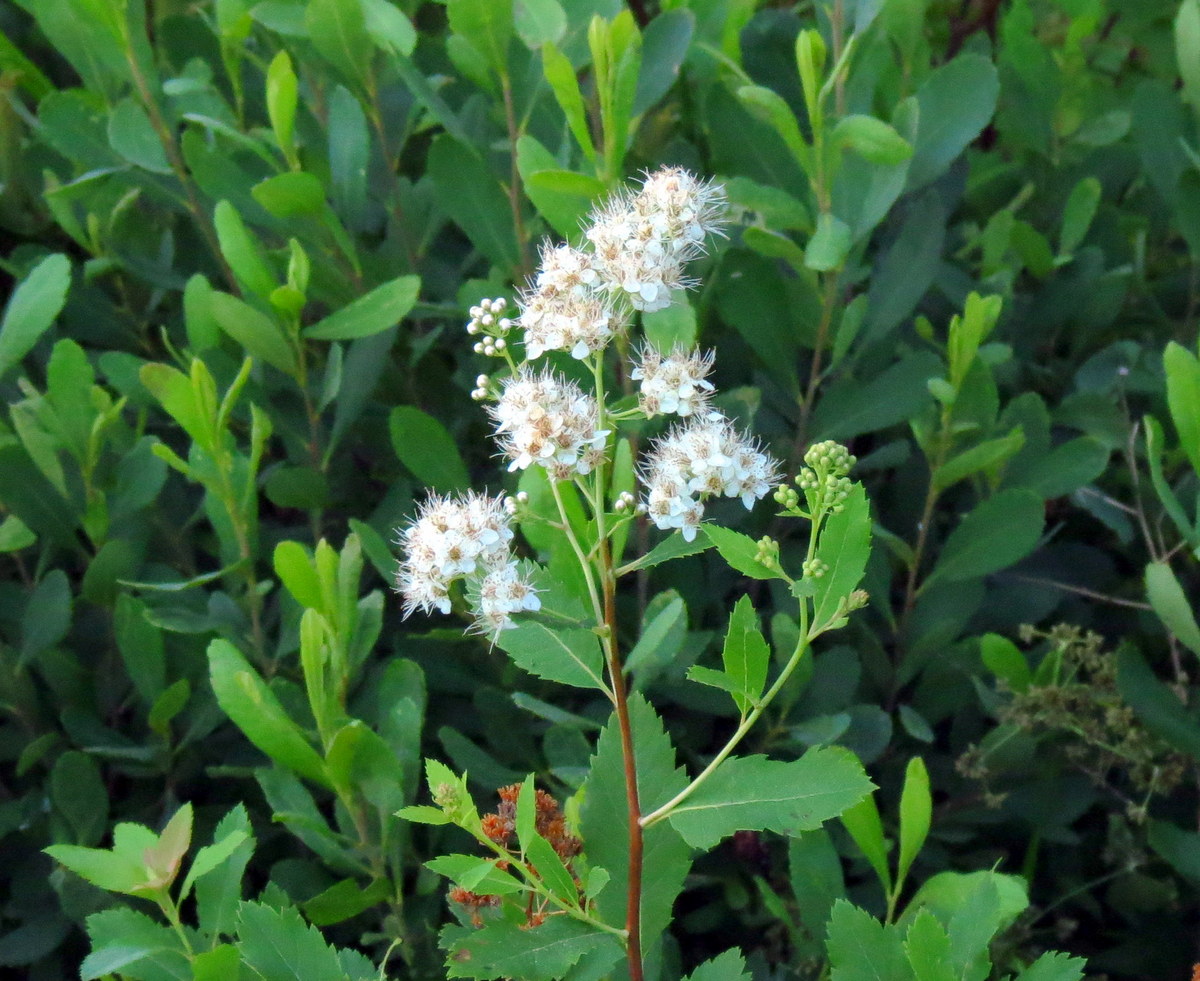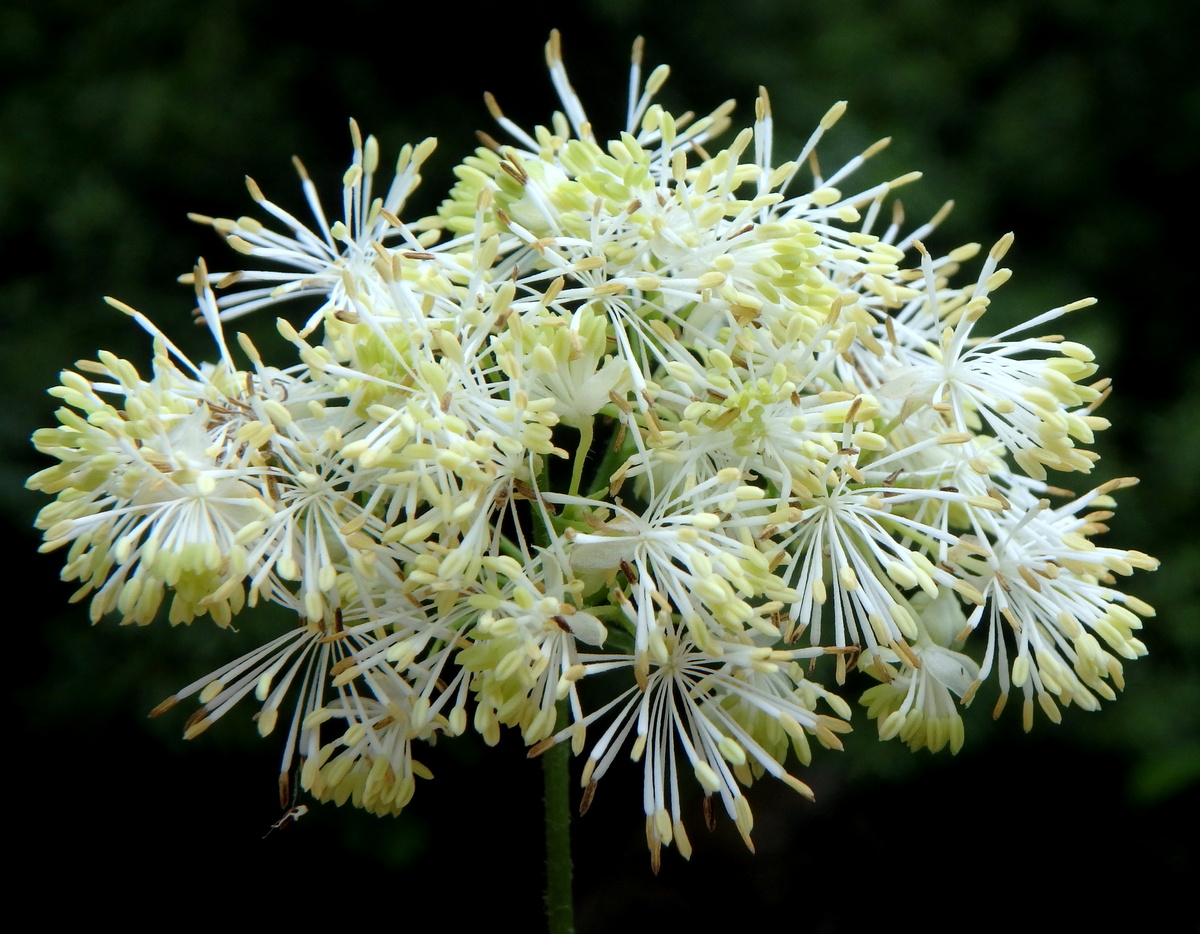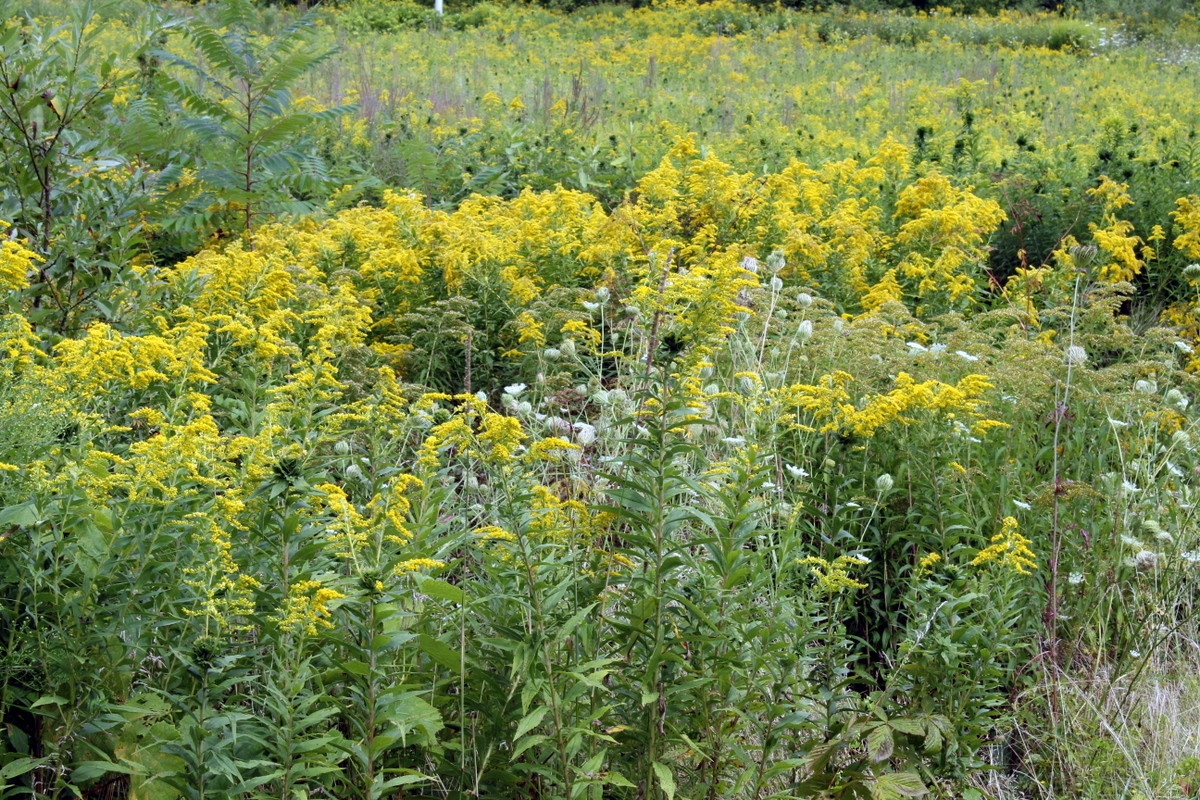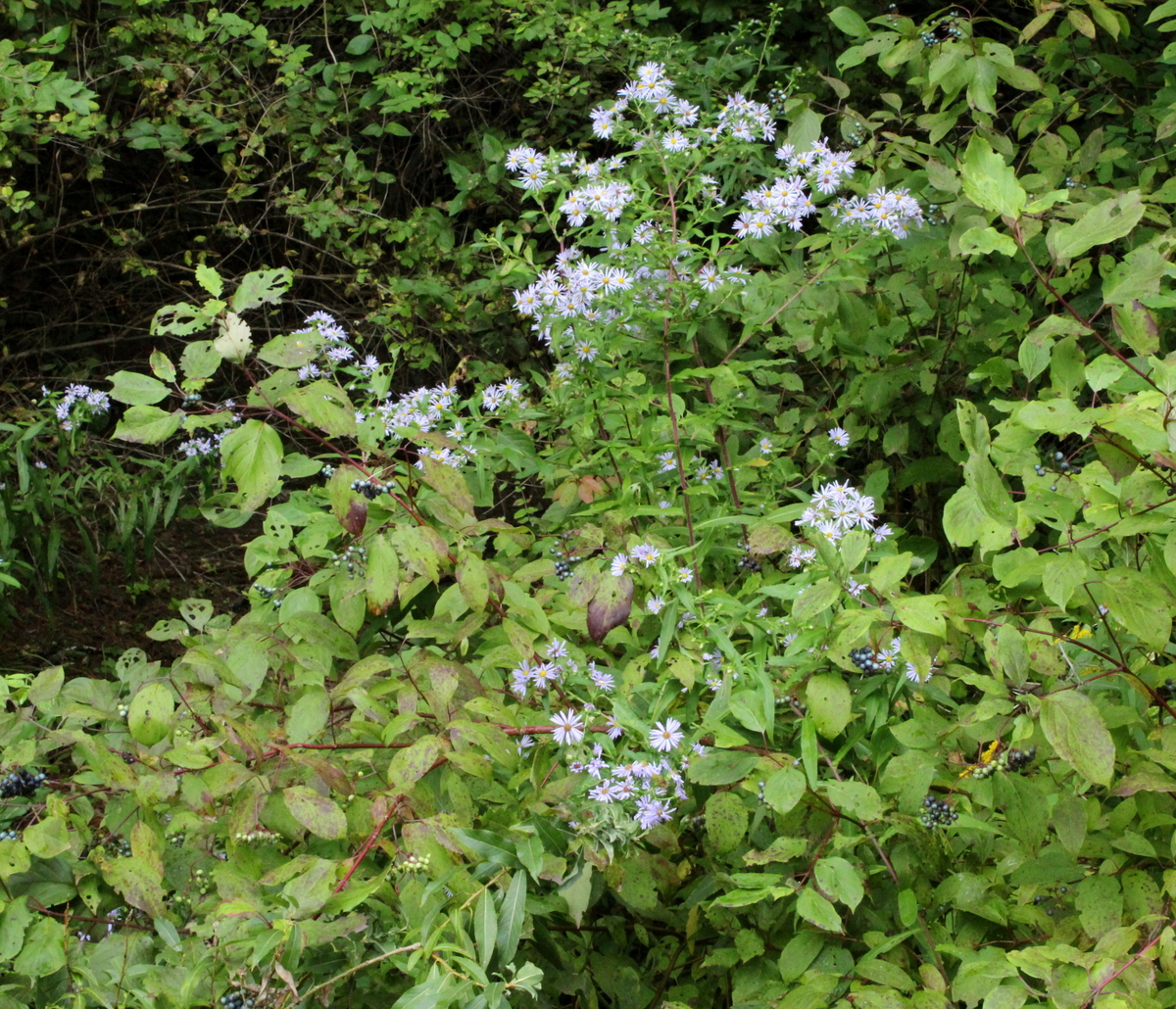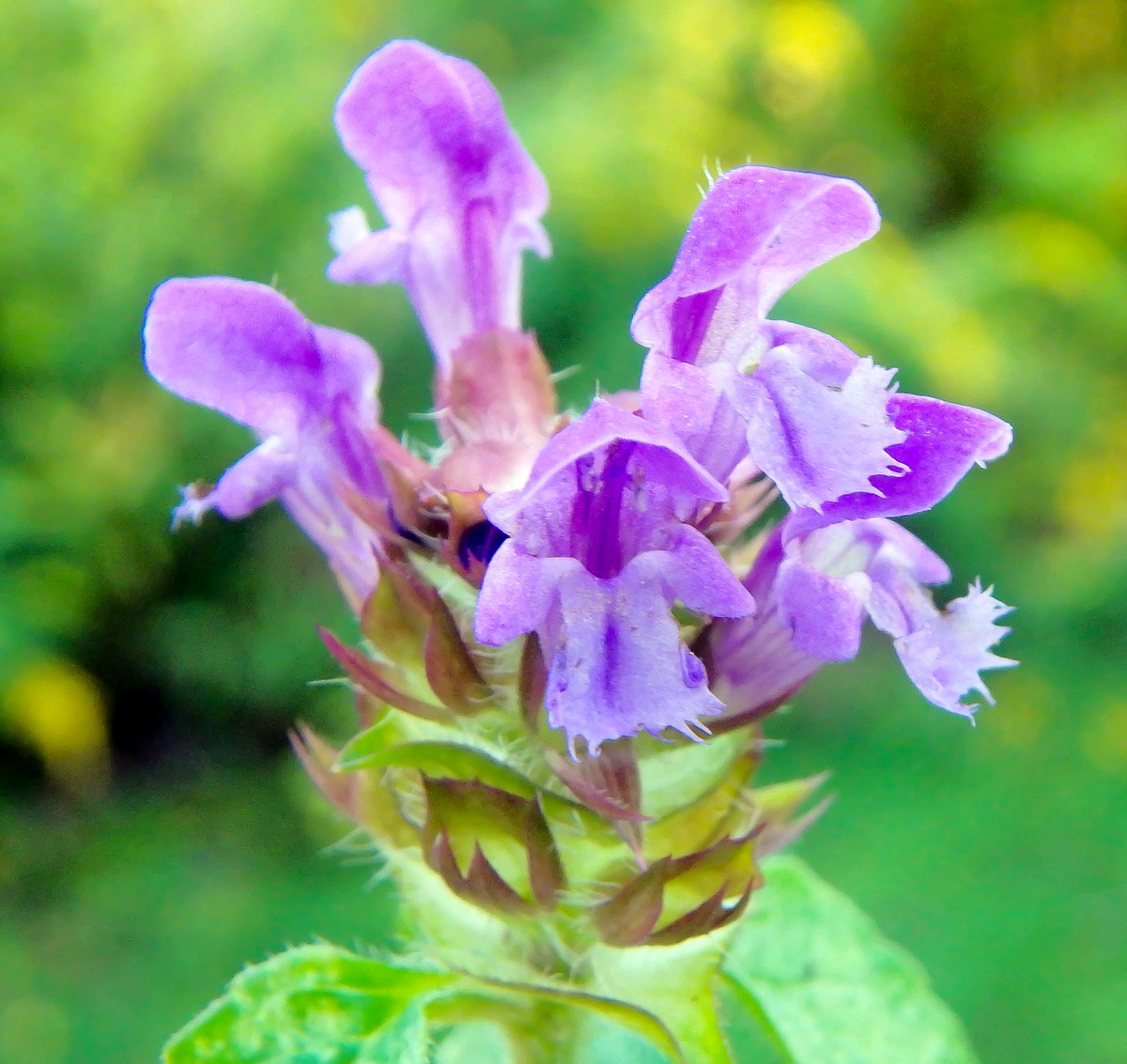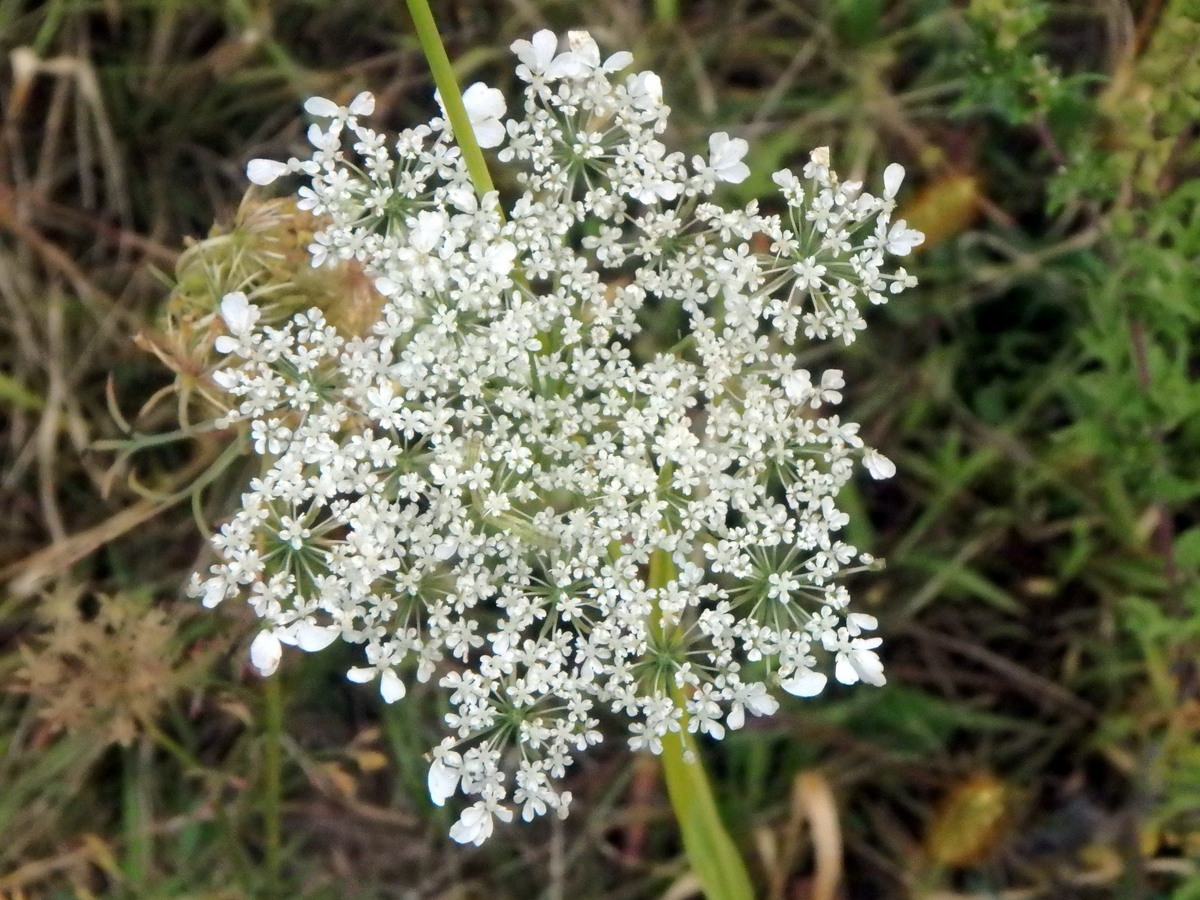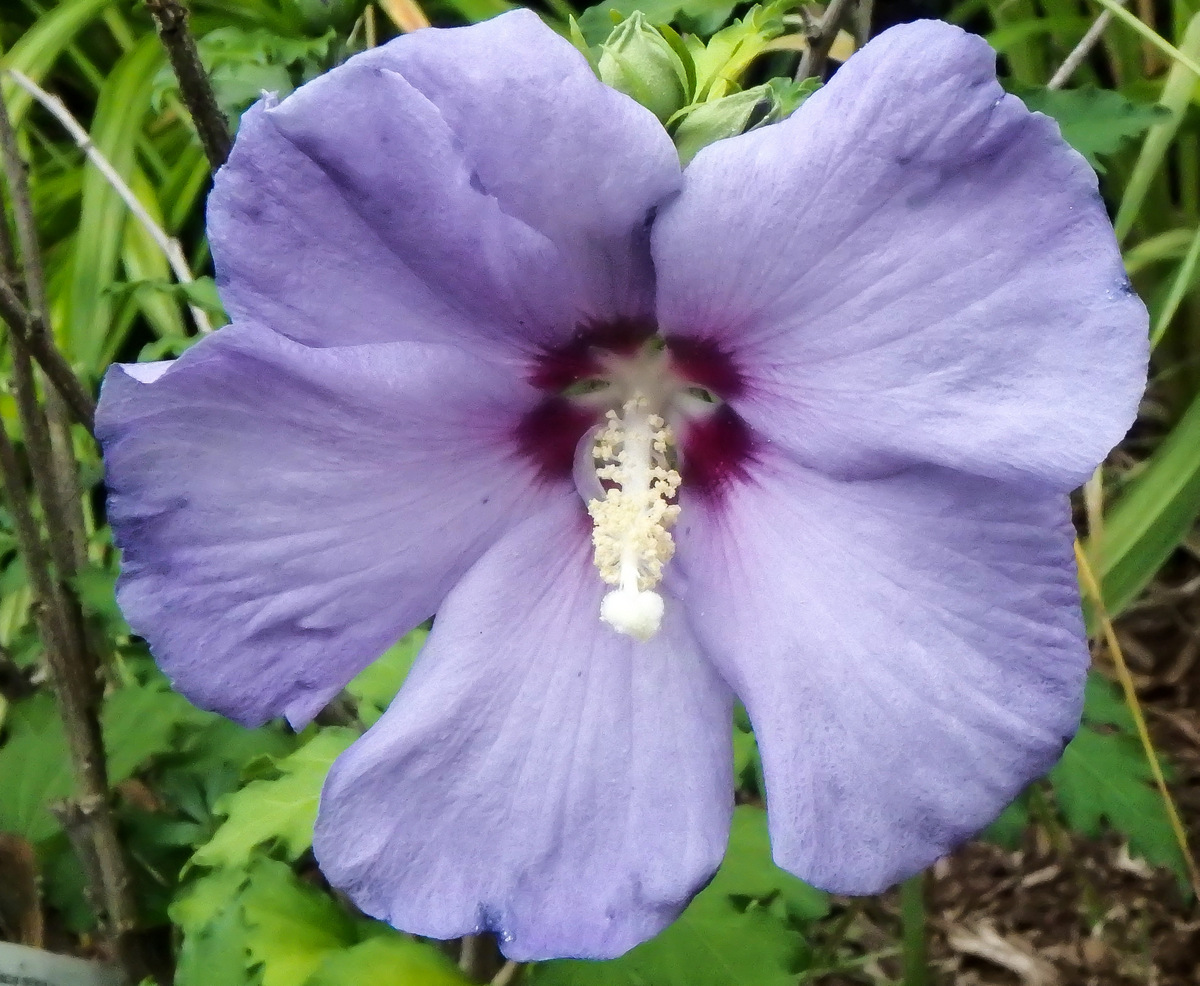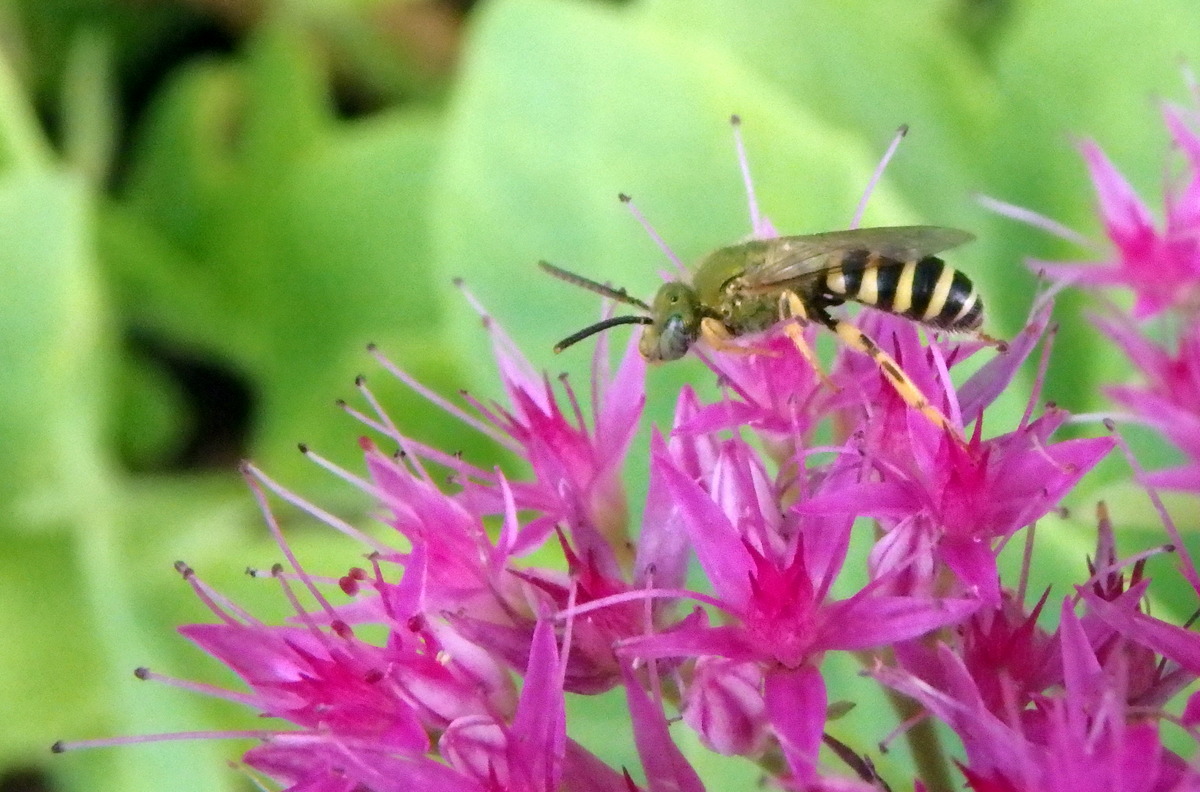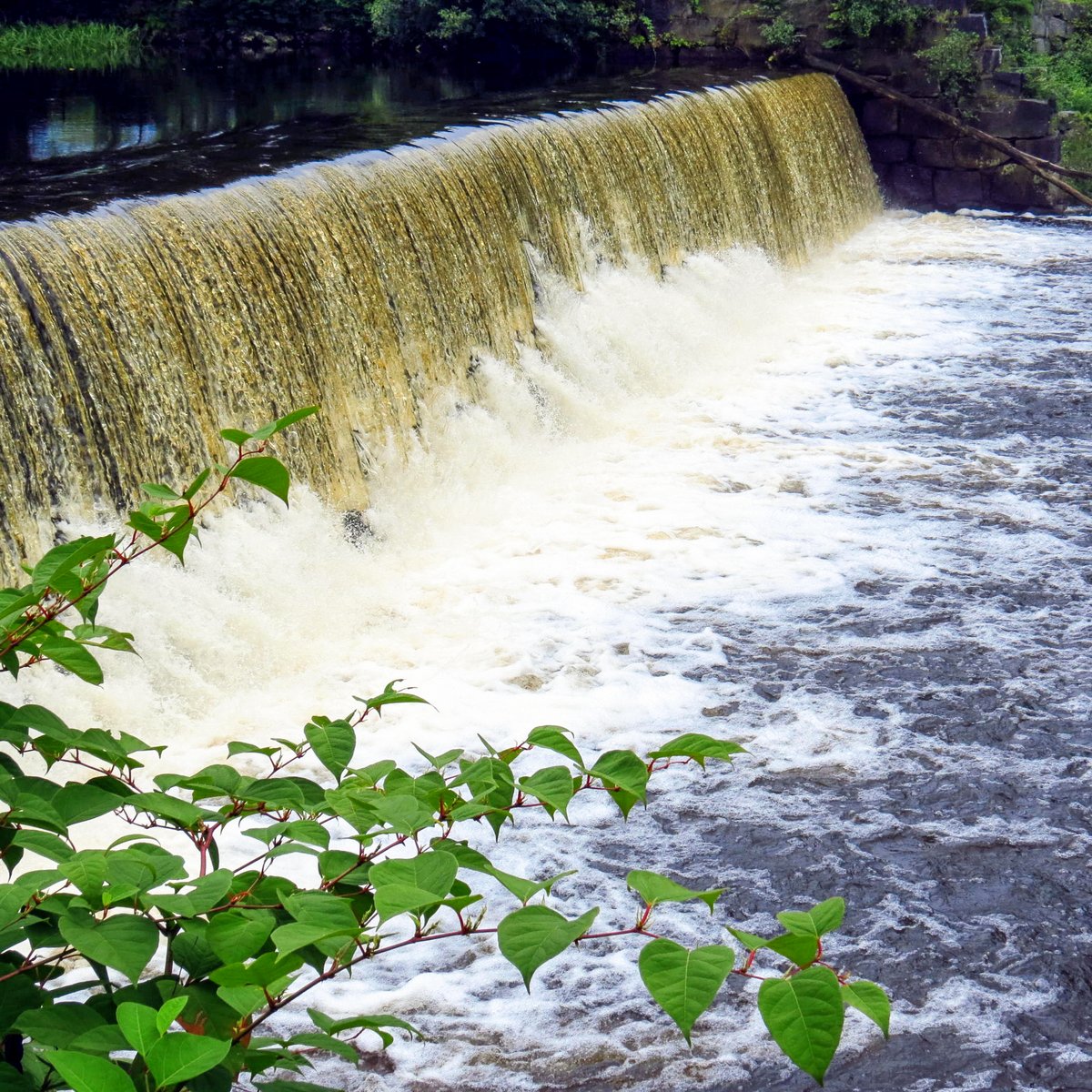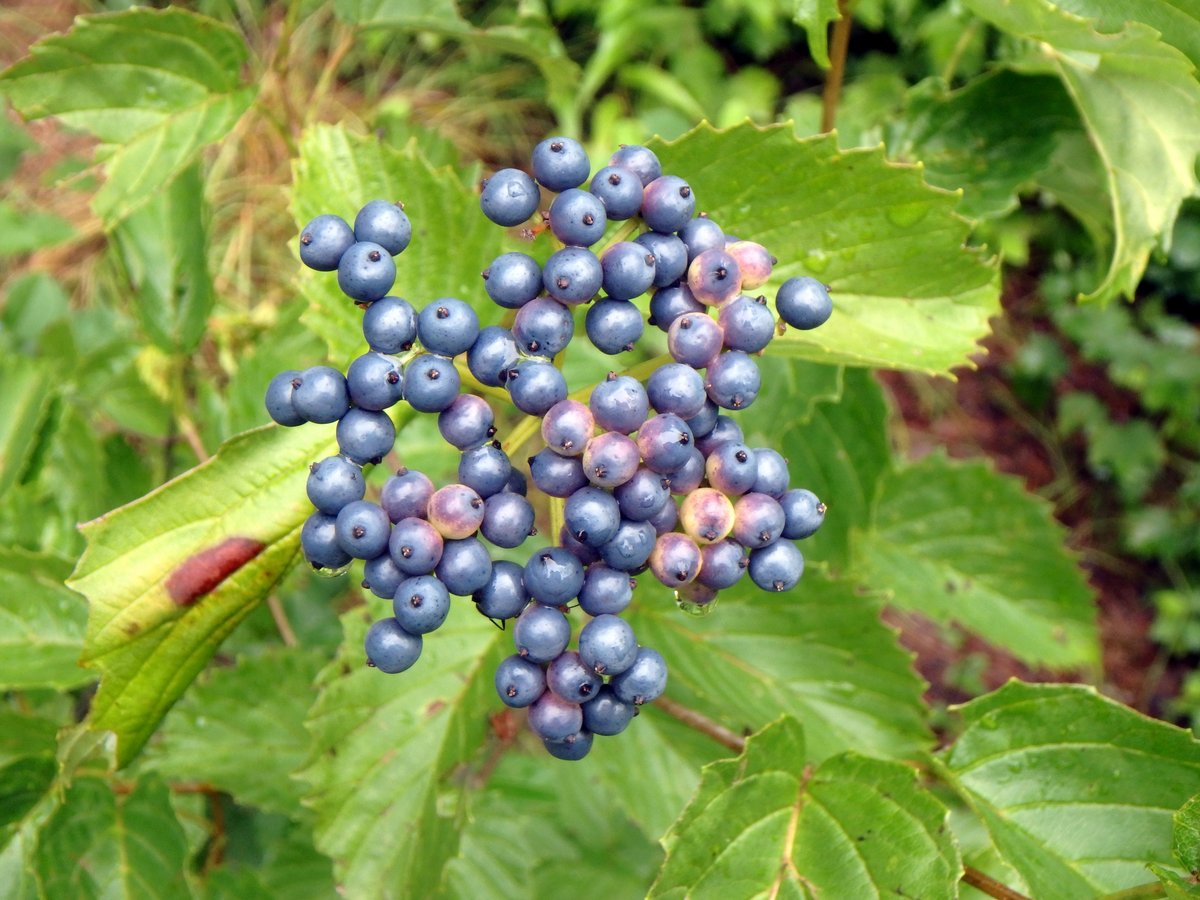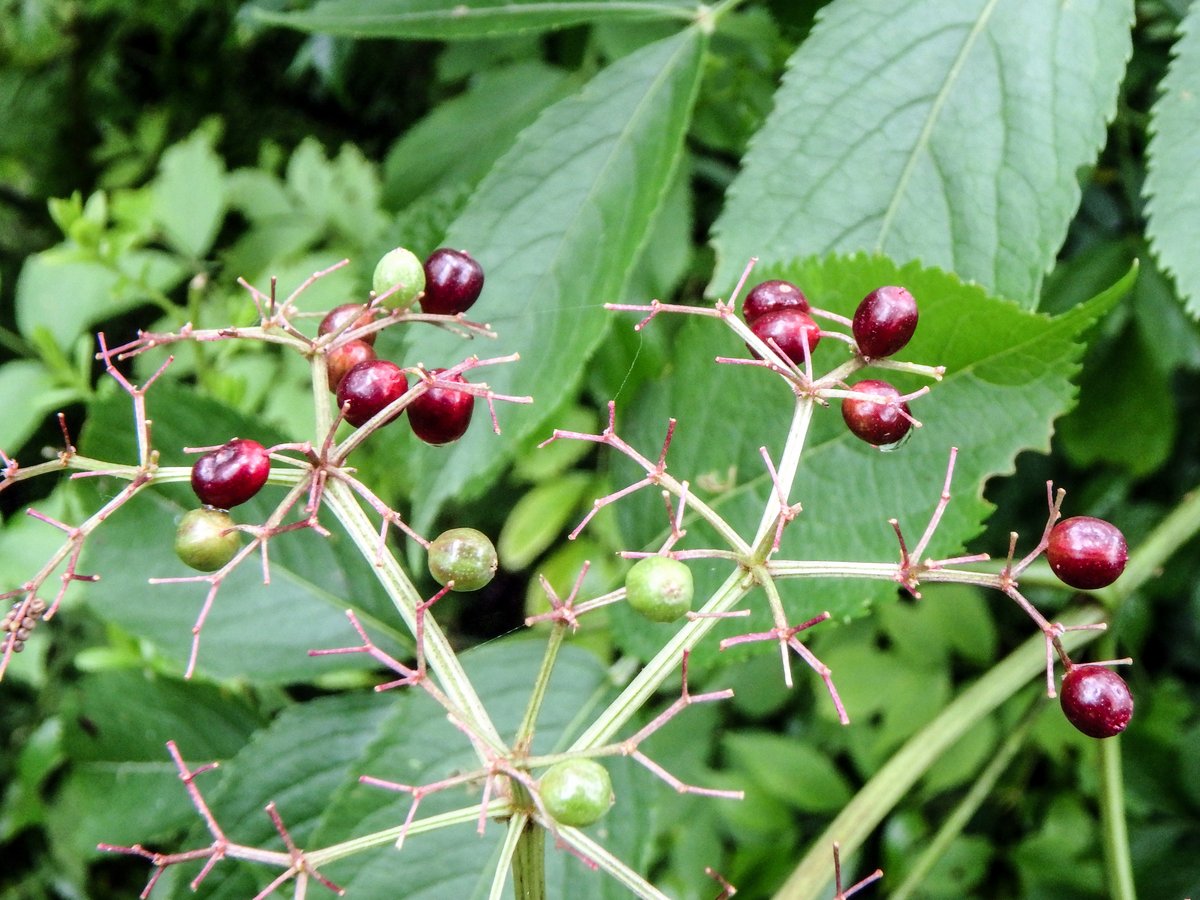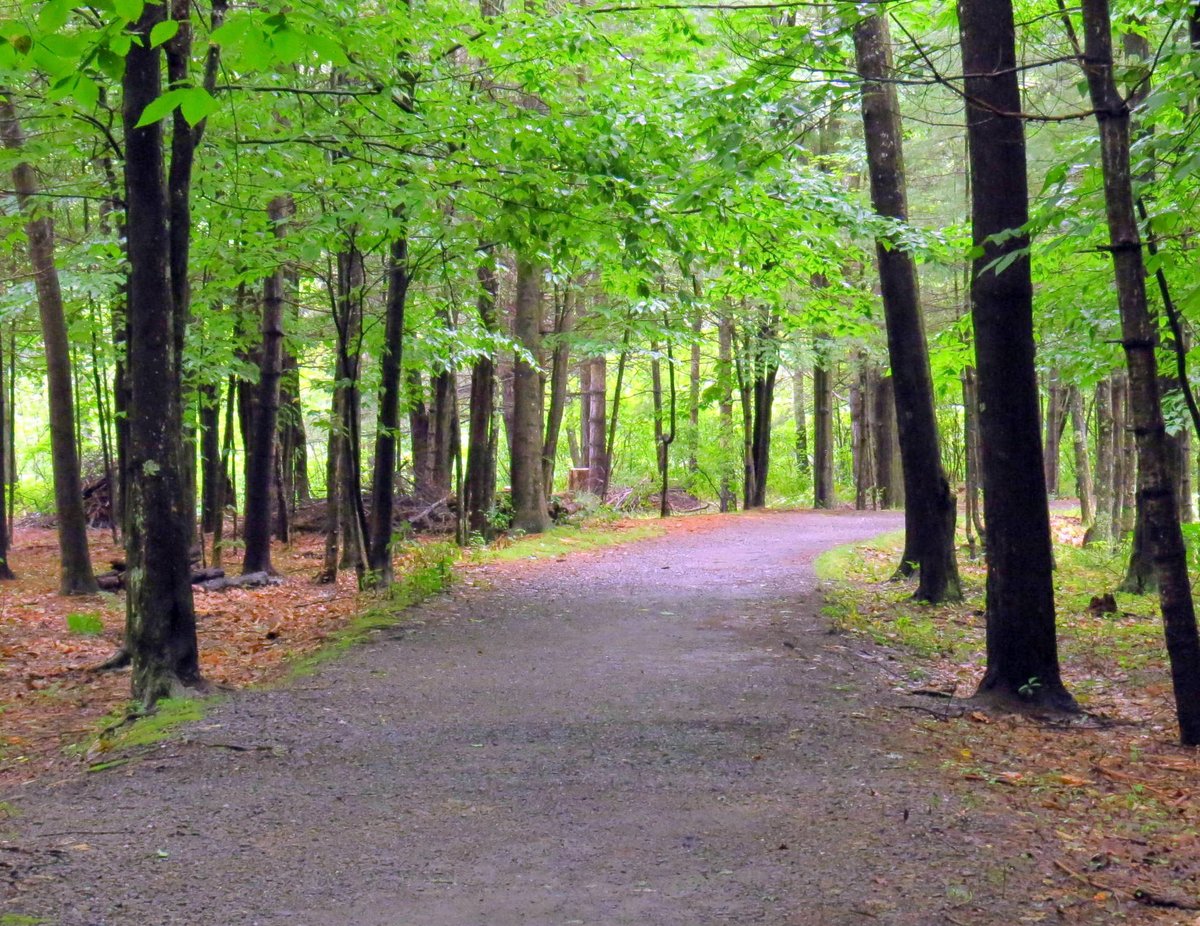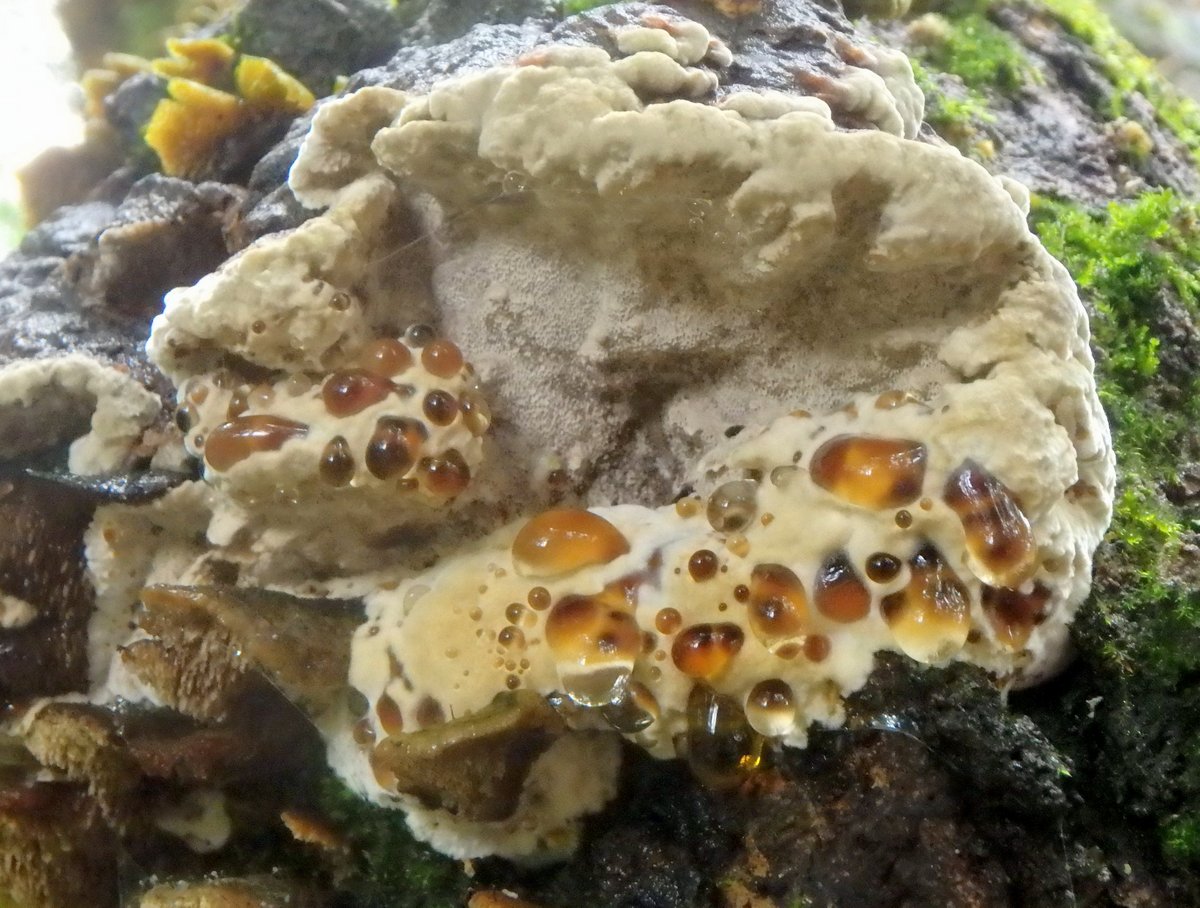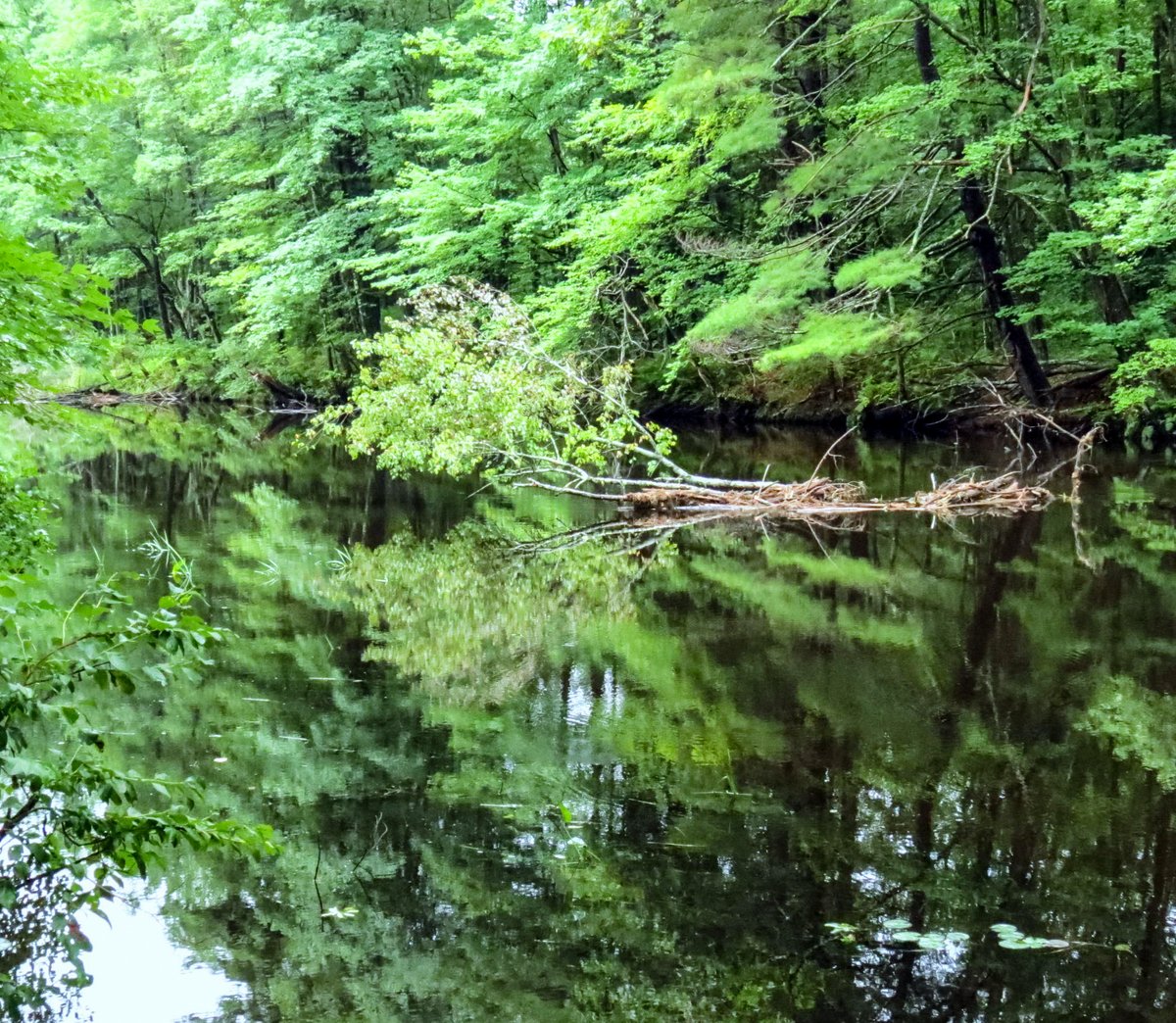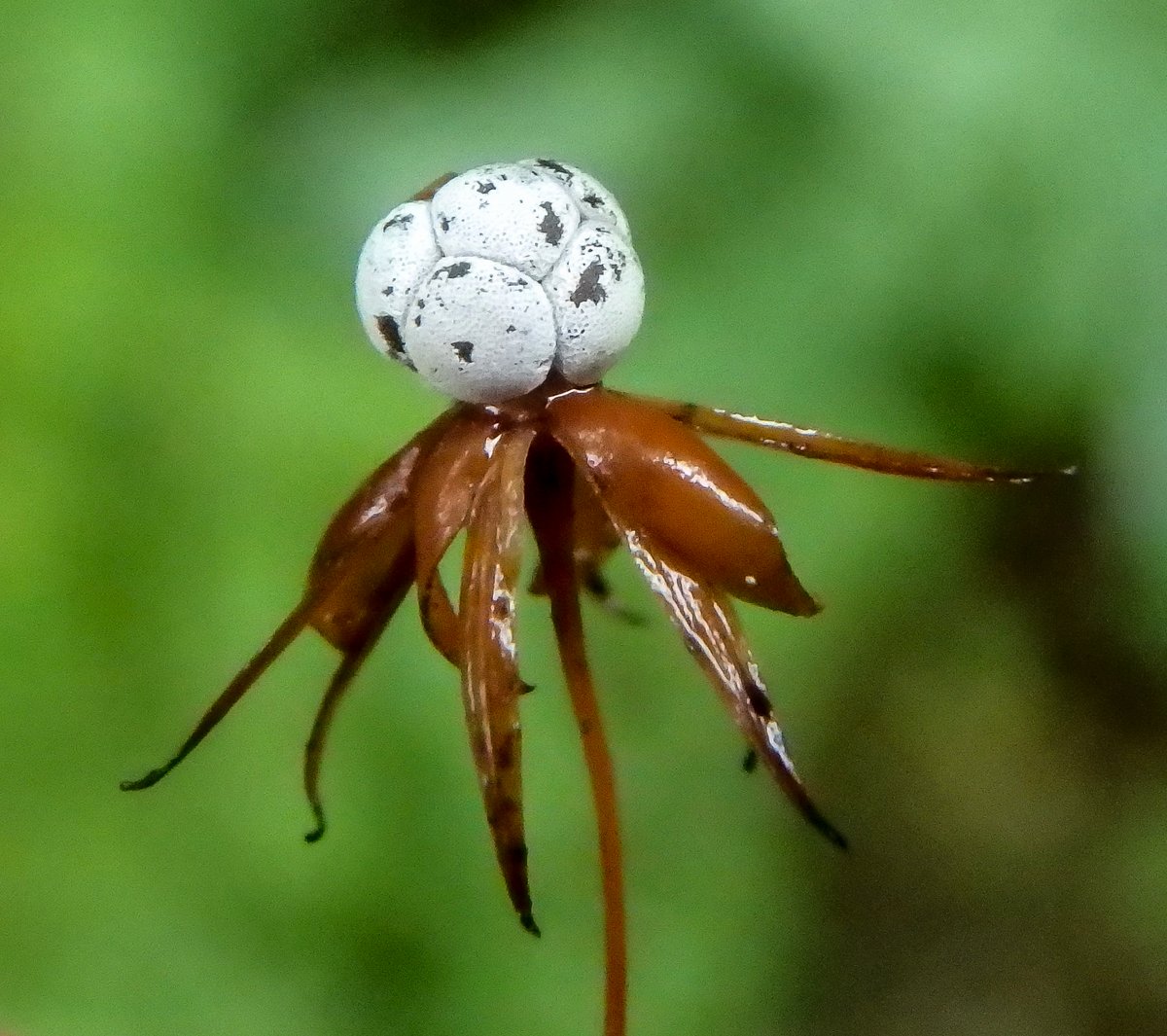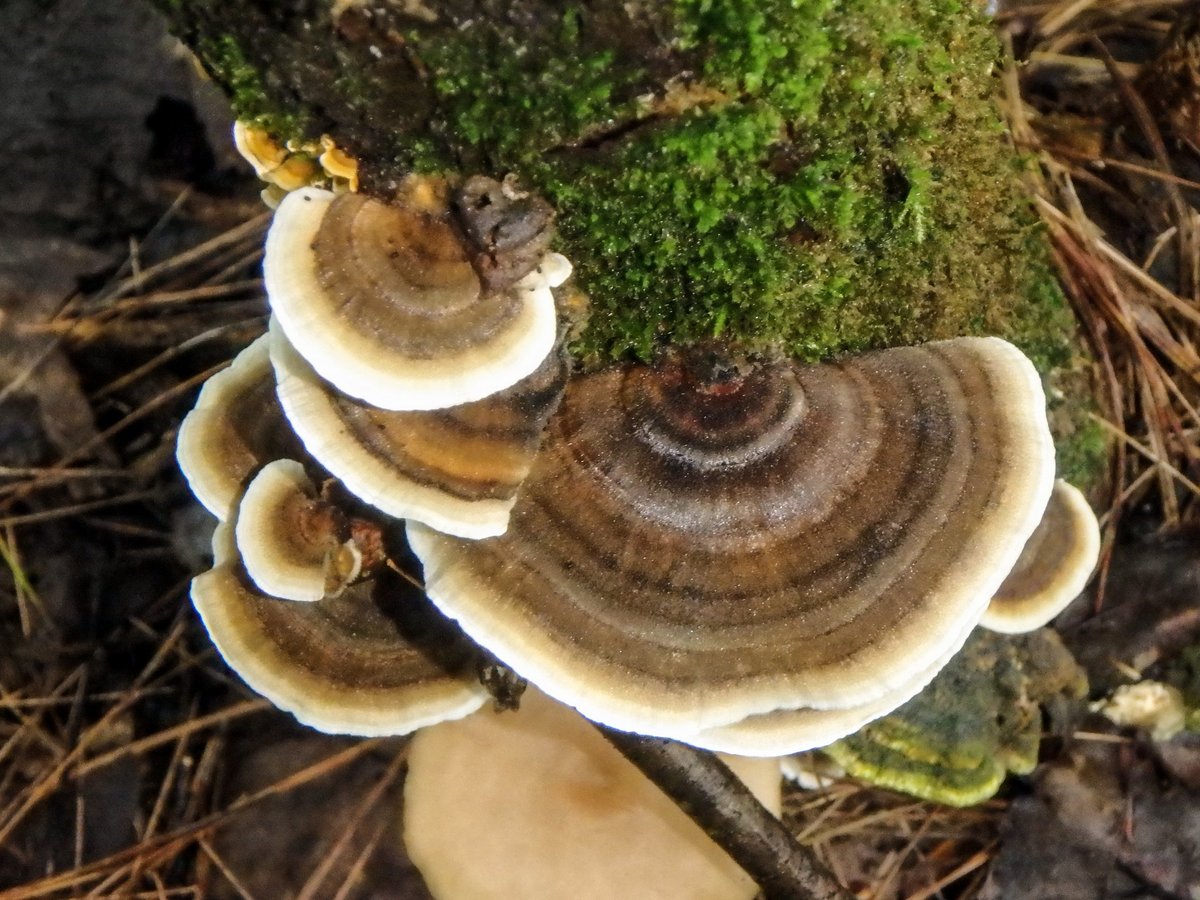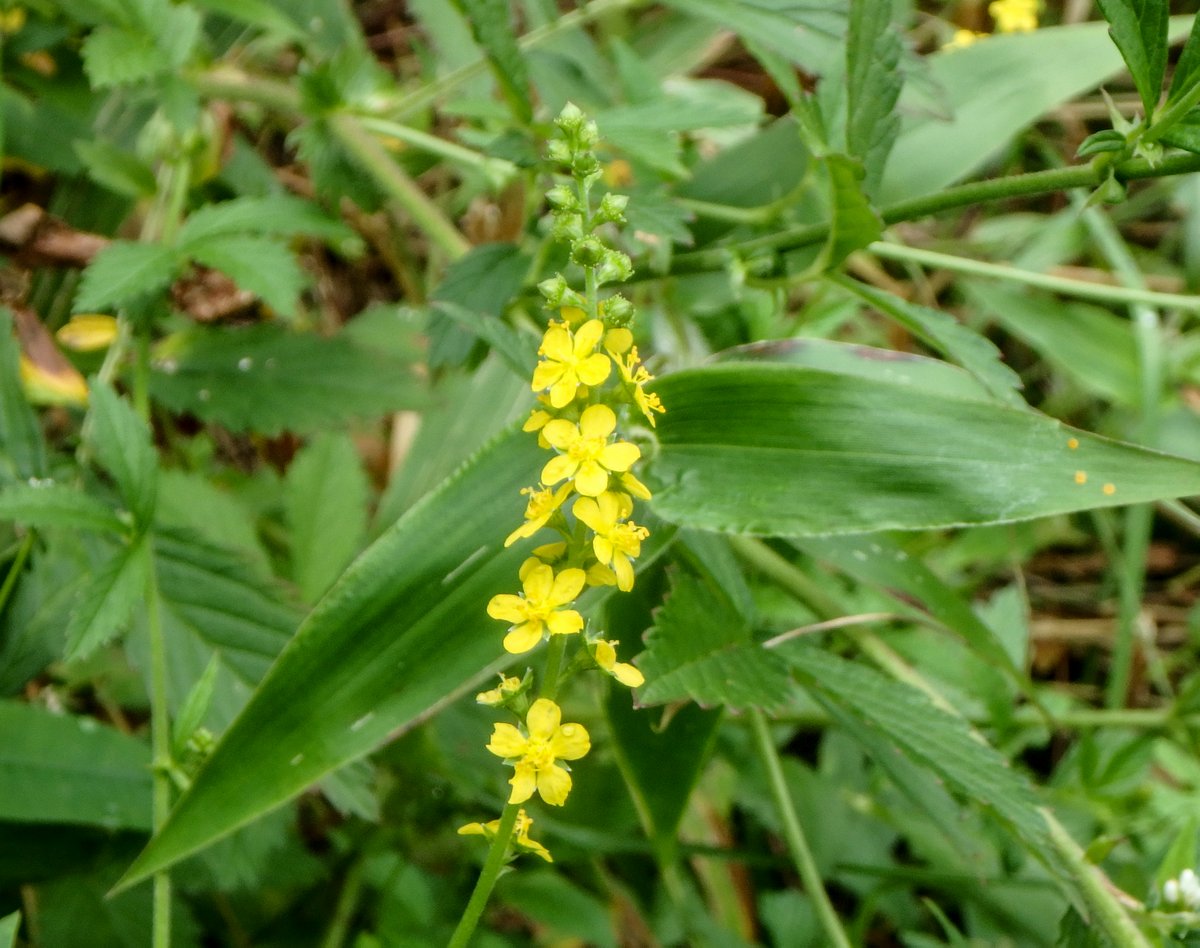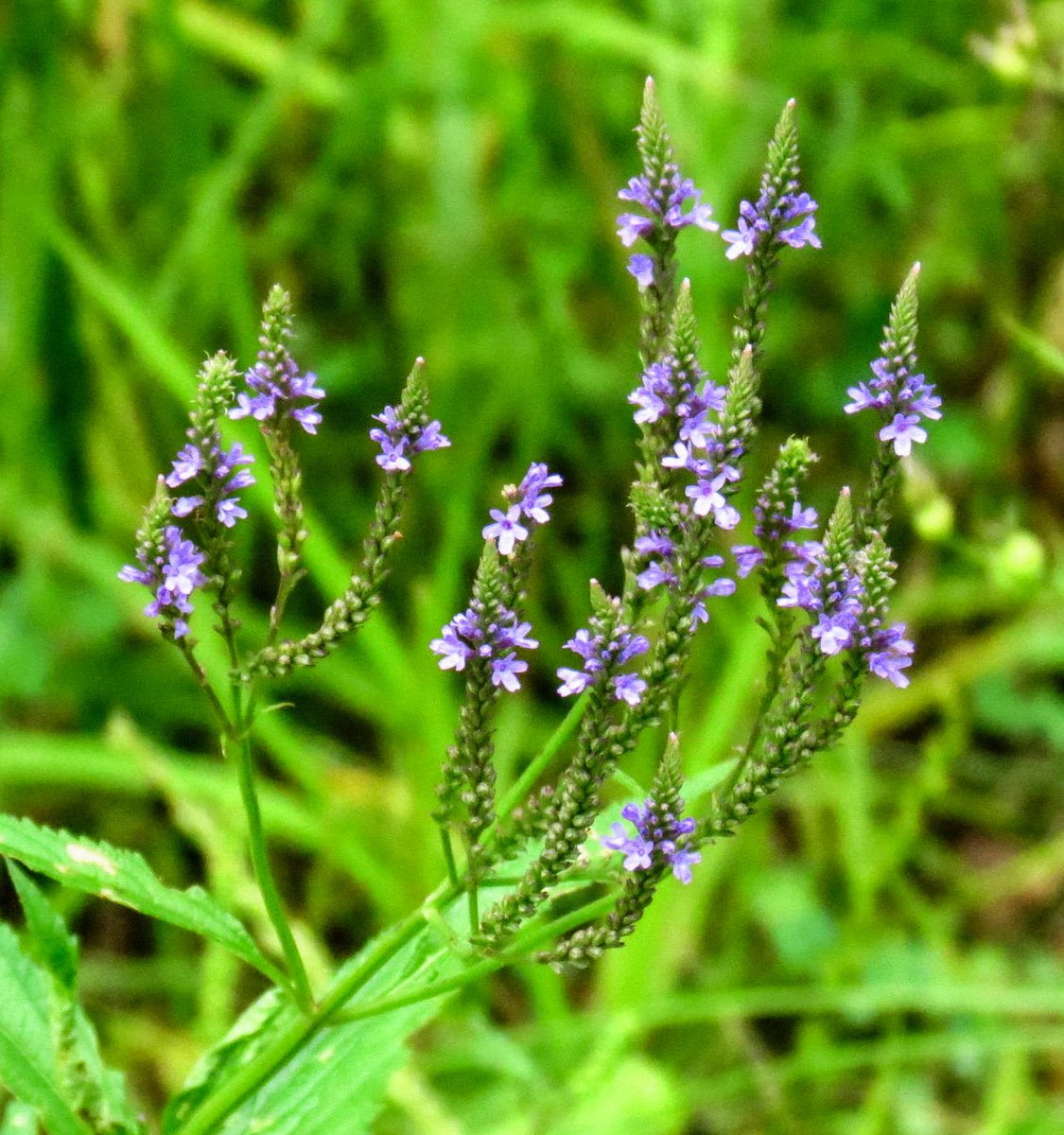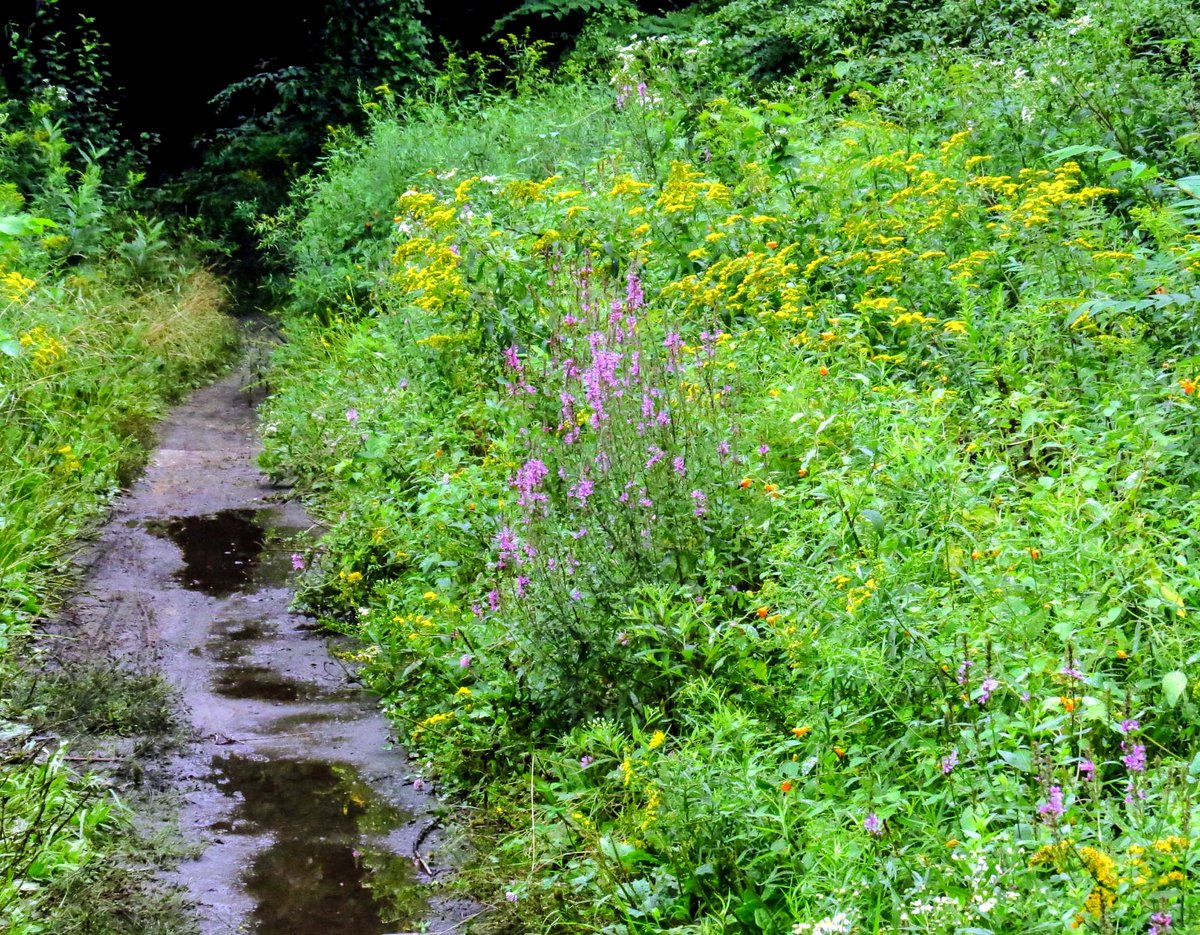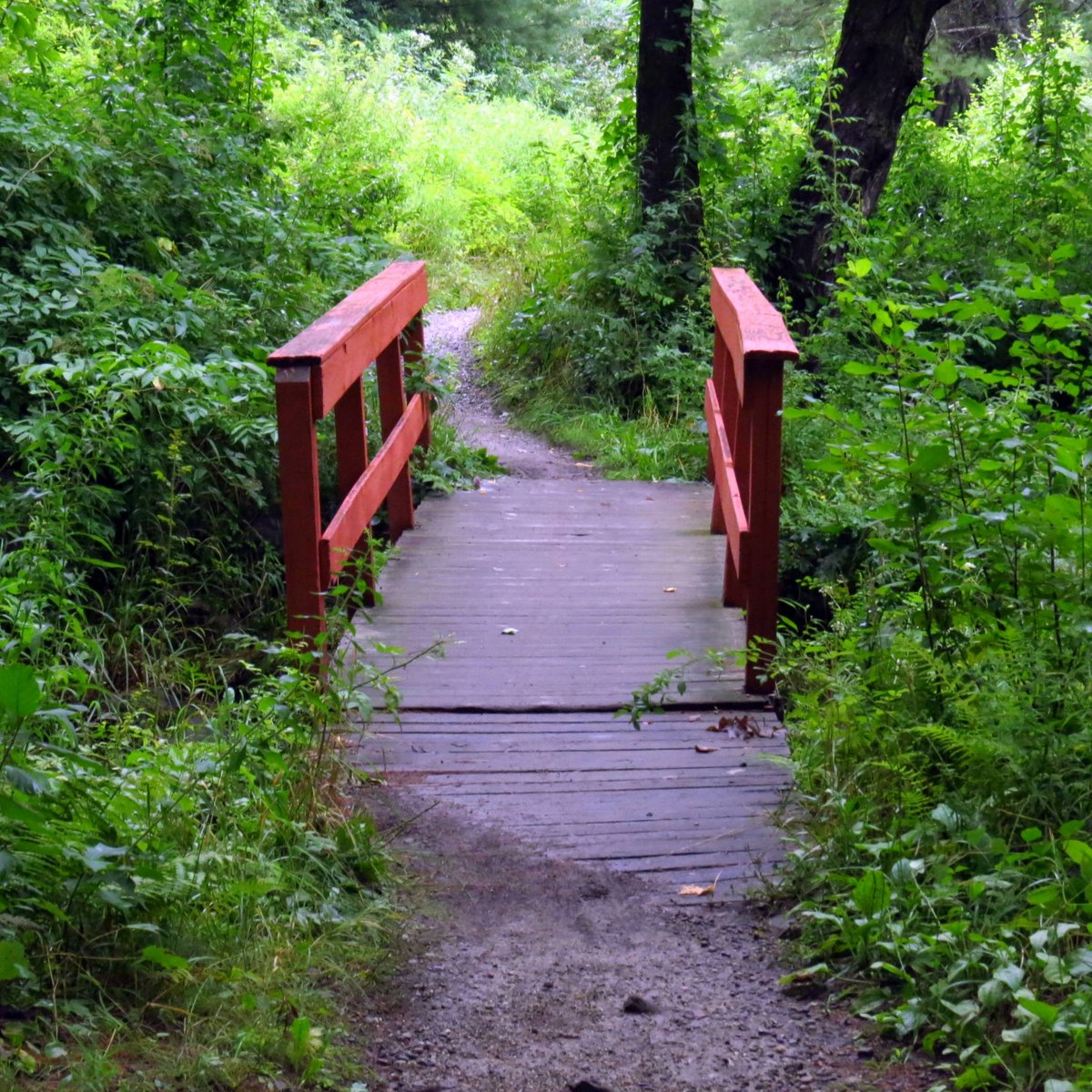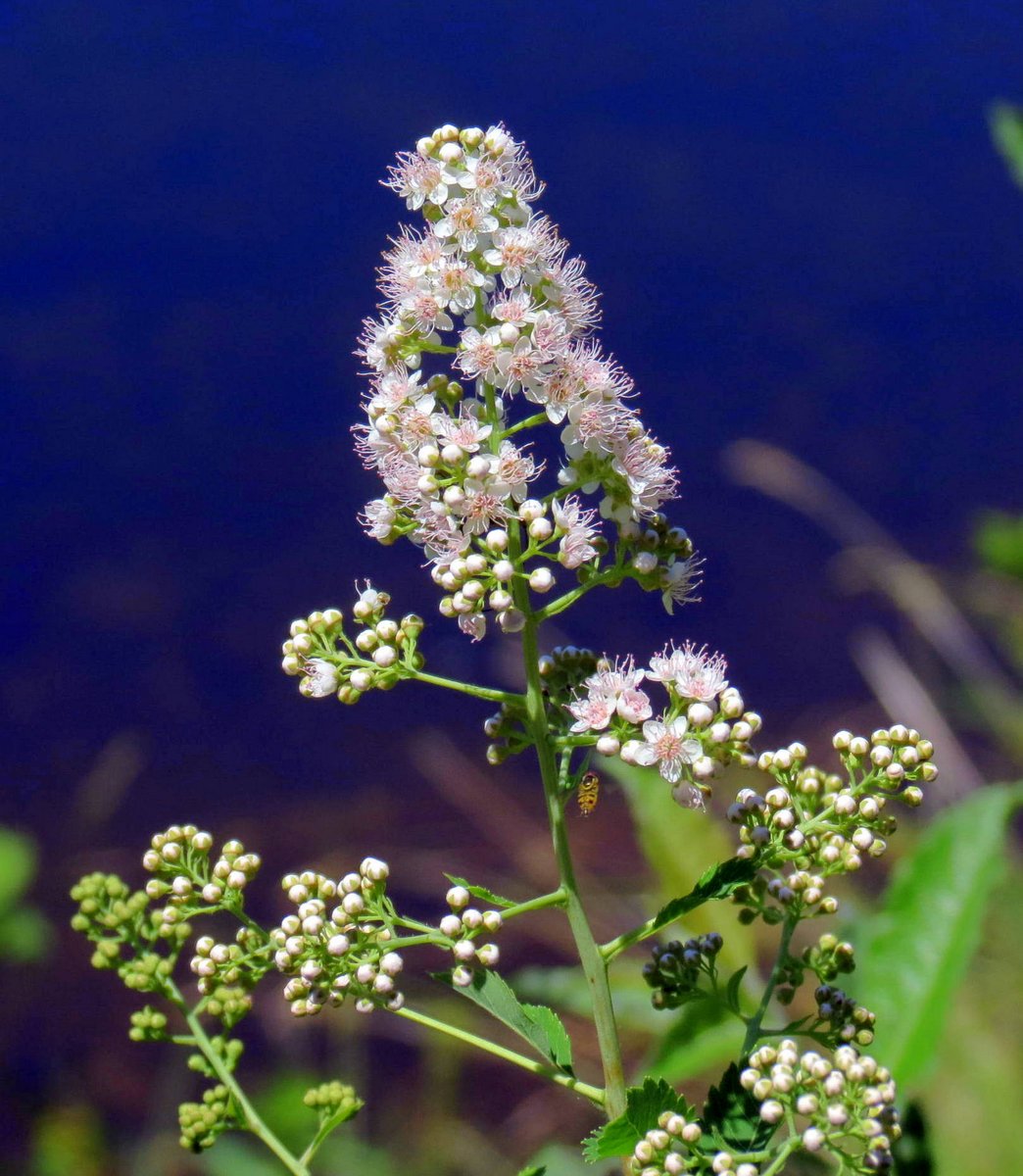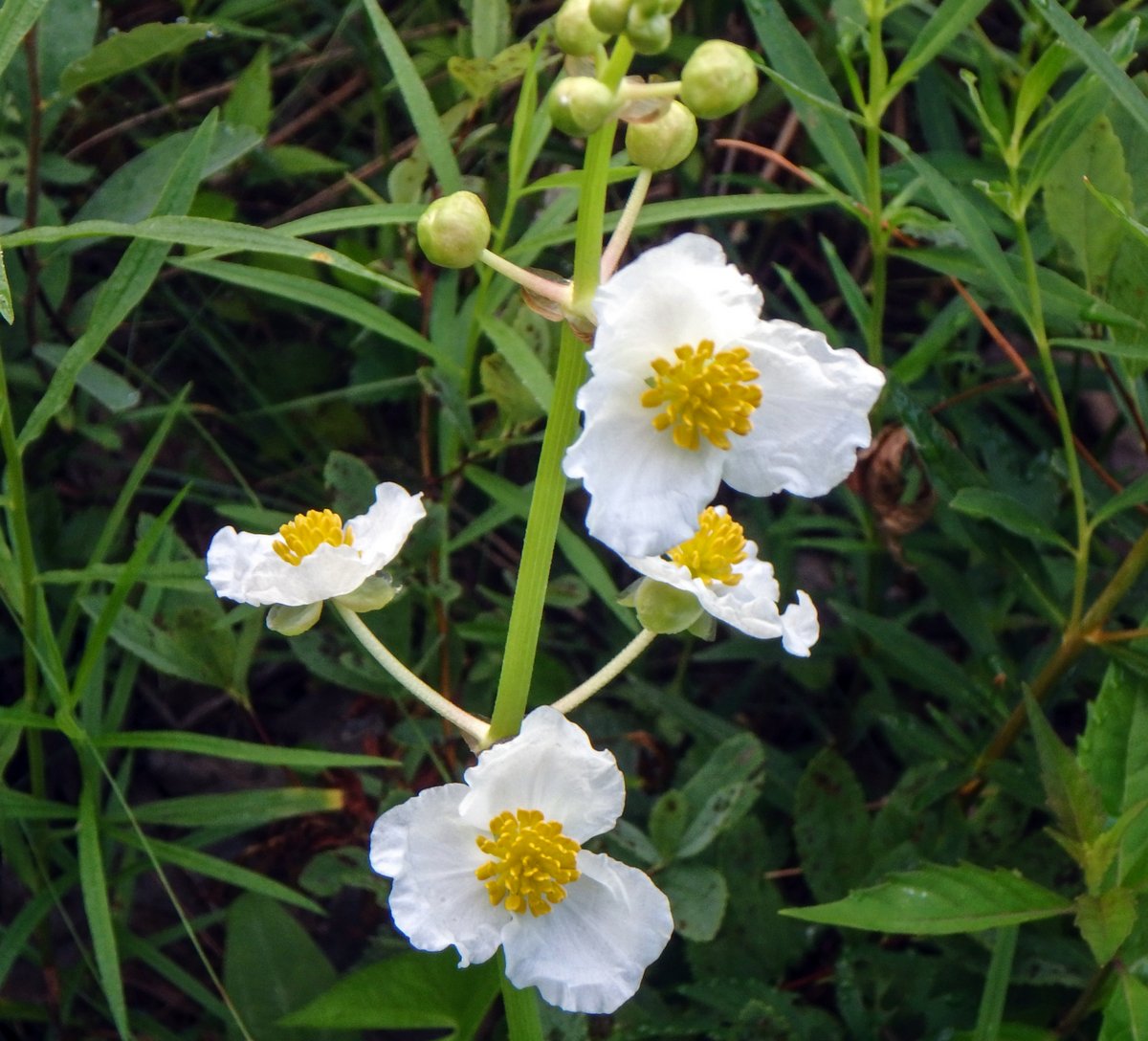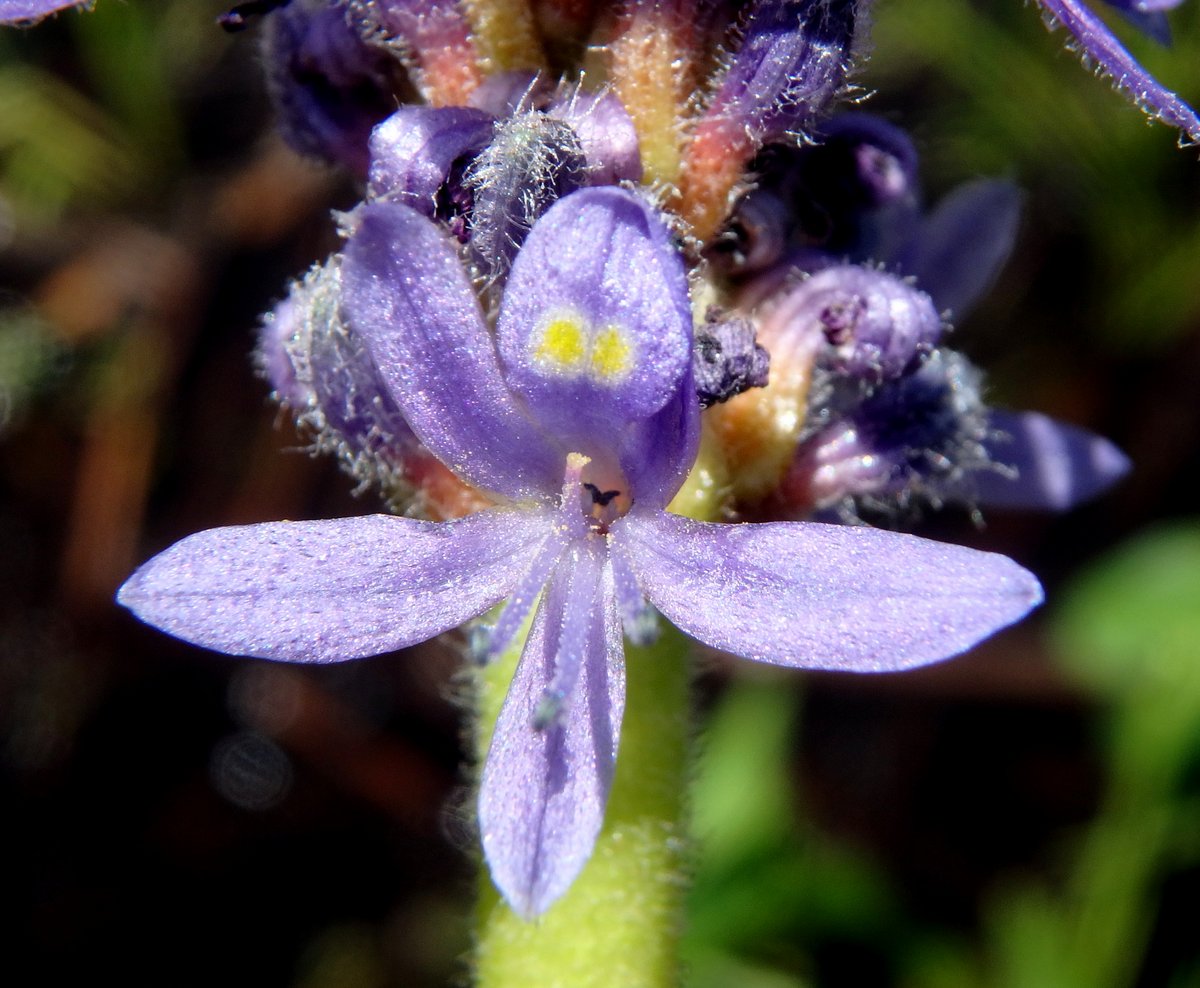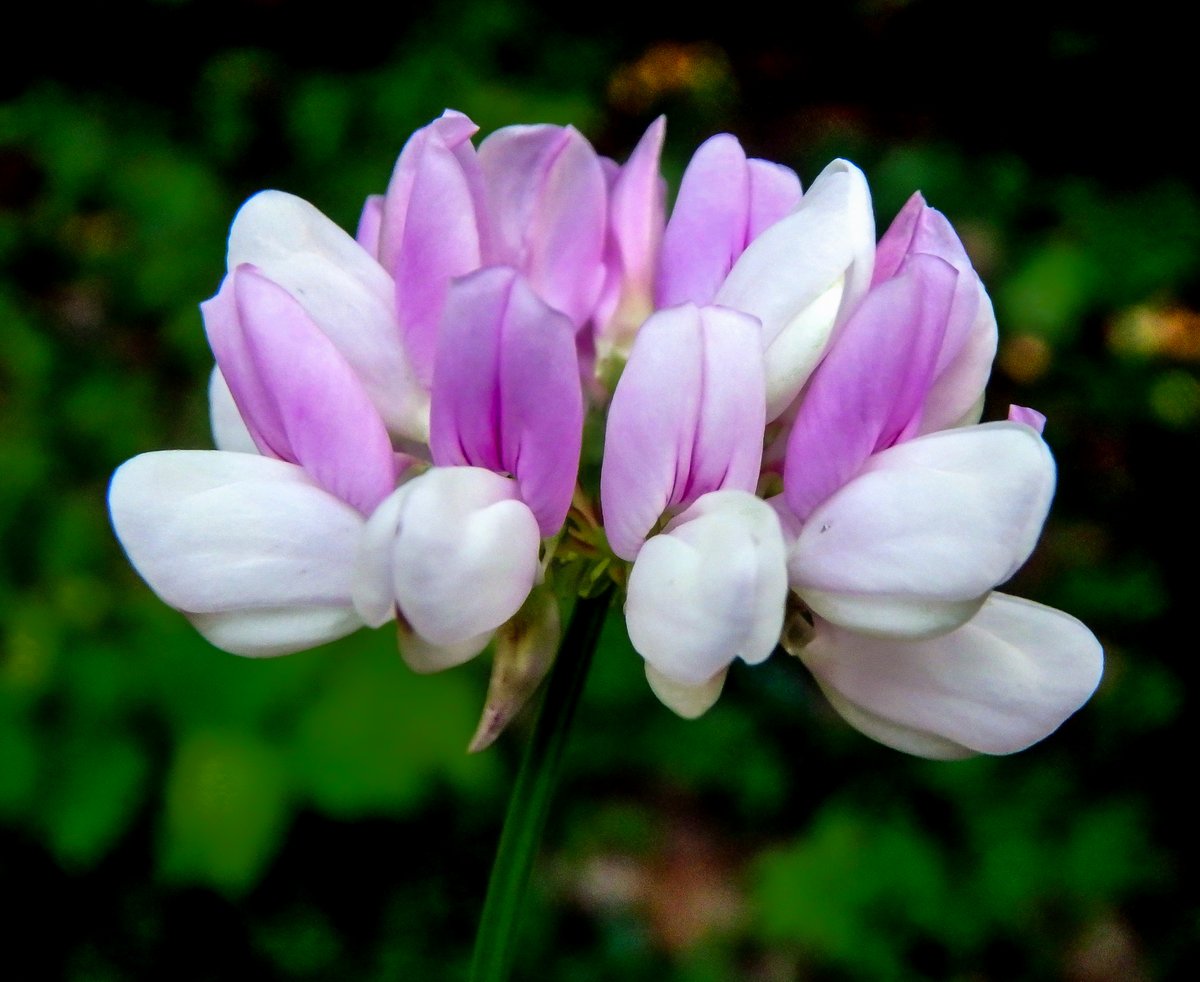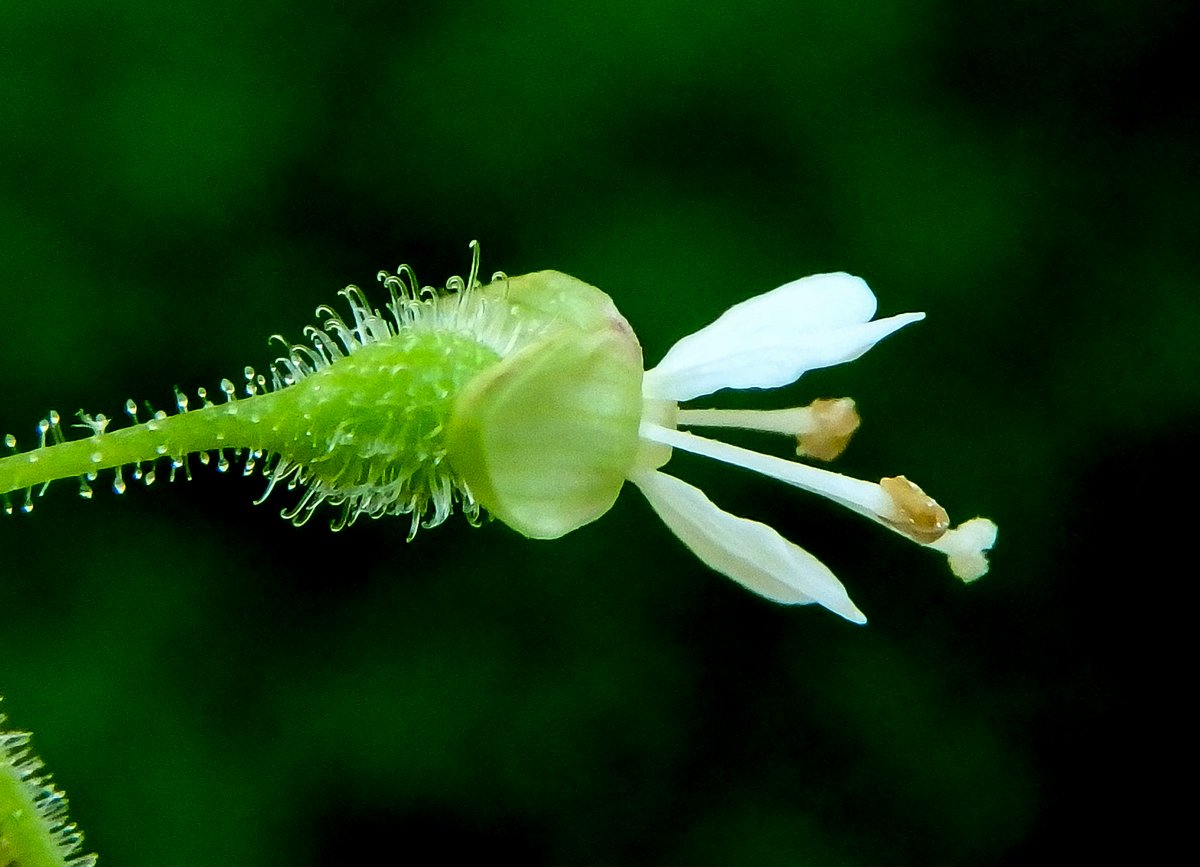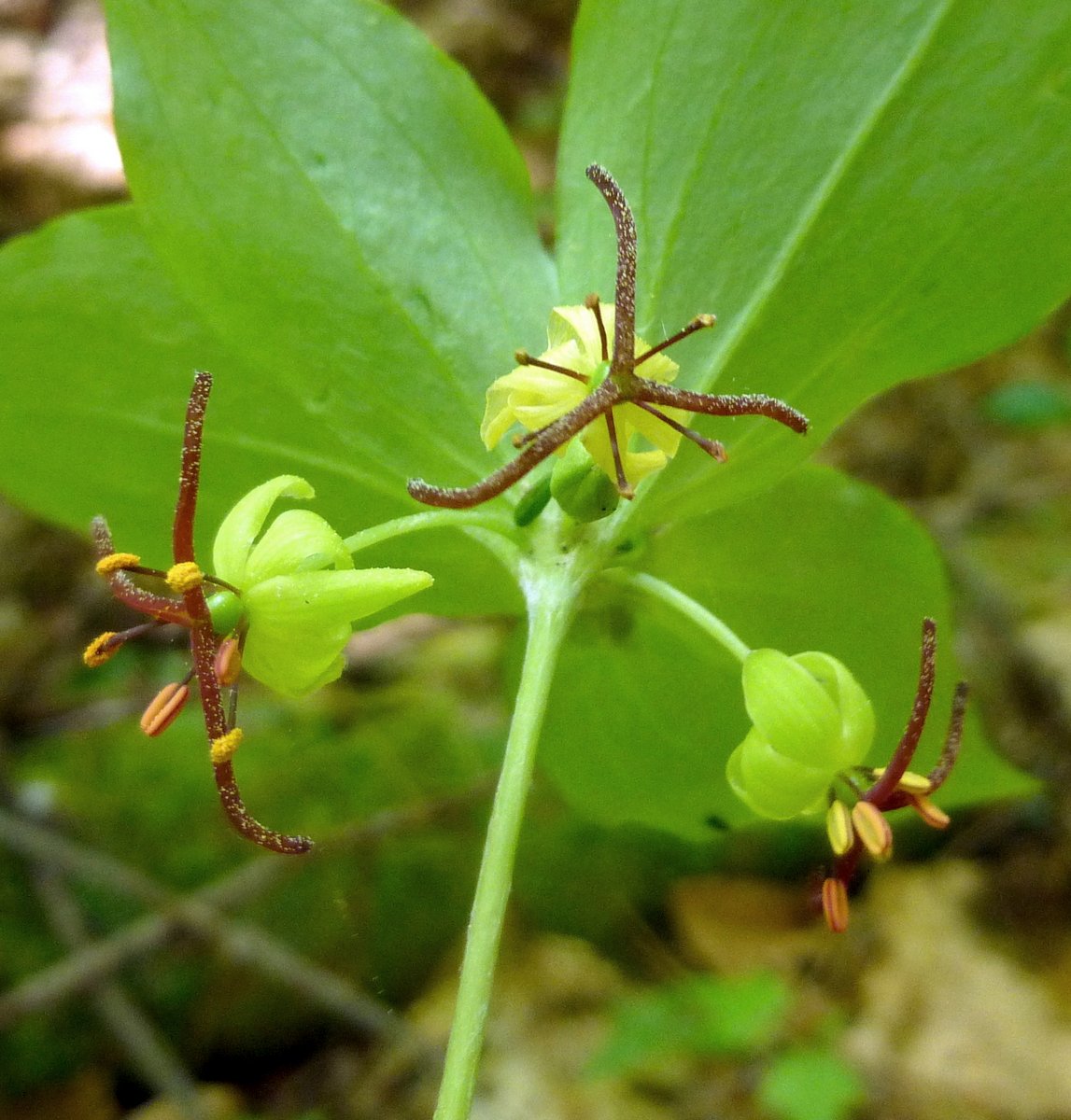
I’m starting this post on aquatics with blue vervain (Verbena hastata,) only because I like its color. It isn’t a true aquatic but every time you find it there will be water very nearby. Blue vervain provides a virtual nectar bar for many species of bees including the verbena bee (Calliopsis verbenae.) Butterflies also love it. It likes wet soil and full sun and can reach 5 feet when it has both. I find it in wet ditches, on river banks and just about anywhere where the soil stays constantly moist.
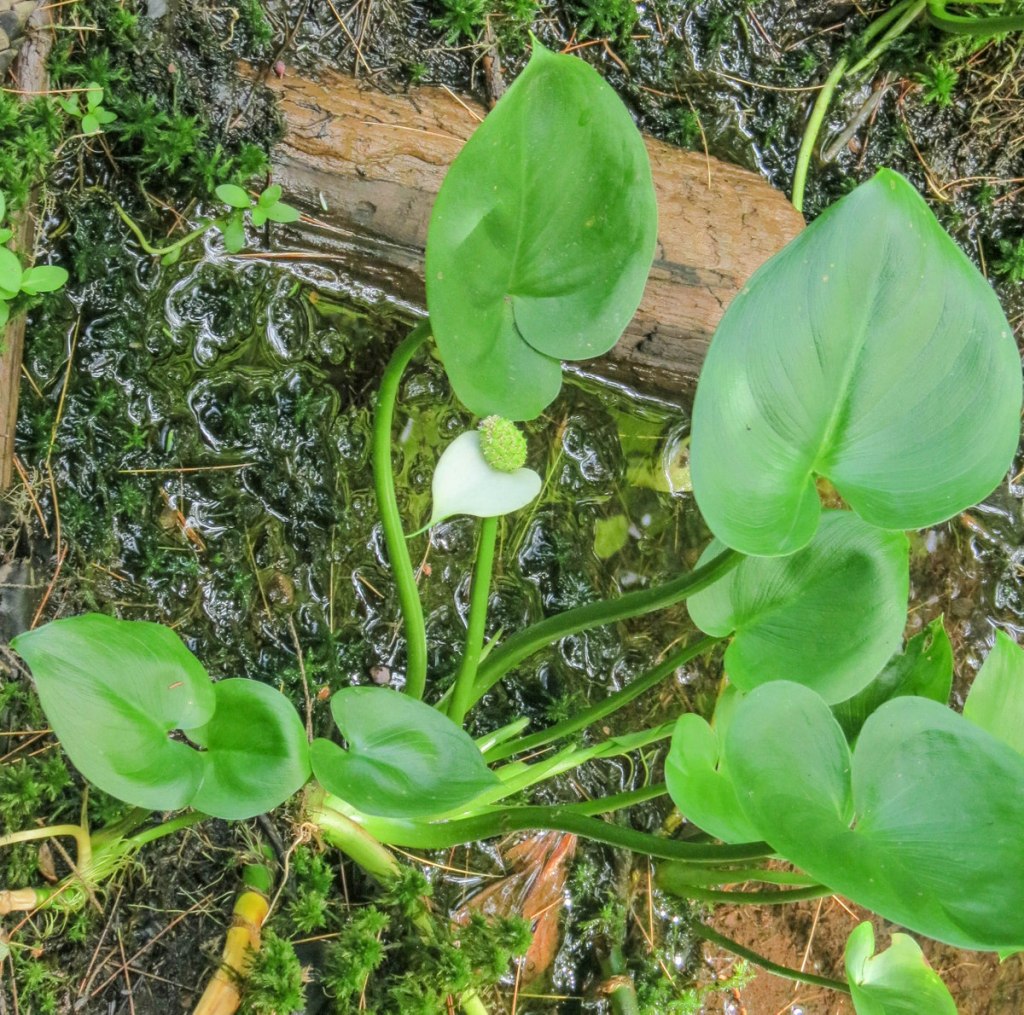
Wild calla (Calla palustris) is also called water dragon or water arum, and it is a true aquatic. It is an arum like skunk cabbage or Jack in the pulpit, both of which also like wet places. I don’t know if I could say this plant is rare but it is certainly scarce in this area. It’s the kind of plant you have to hunt for, and you have to know its habits well to catch it in bloom. Like other arums its flowers appear on a spadix surrounded by a spathe. The spathe is the white leaf like part seen in the above photo. This plant is toxic and I’ve never seen any animal touch it.

I missed the tiny greenish white flowers this year. They grow along the small spadix and are followed by green berries which will ripen to bright red and will most likely be snapped up by a passing deer. This plant was in the green, unripe berry stage. One odd fact about this plant is how its flowers are pollinated by water snails passing over the spadix. It is thought that small flies and midges also help with pollination, because the odor from the blossoms is said to be very rank.

Pickerel weed is having a bad year and gone are the beautiful ribbons of blue flowers along the river’s banks. I’m not sure what is causing such a sparse bloom but I hope it rights itself because large masses of this plant in bloom can be truly spectacular.
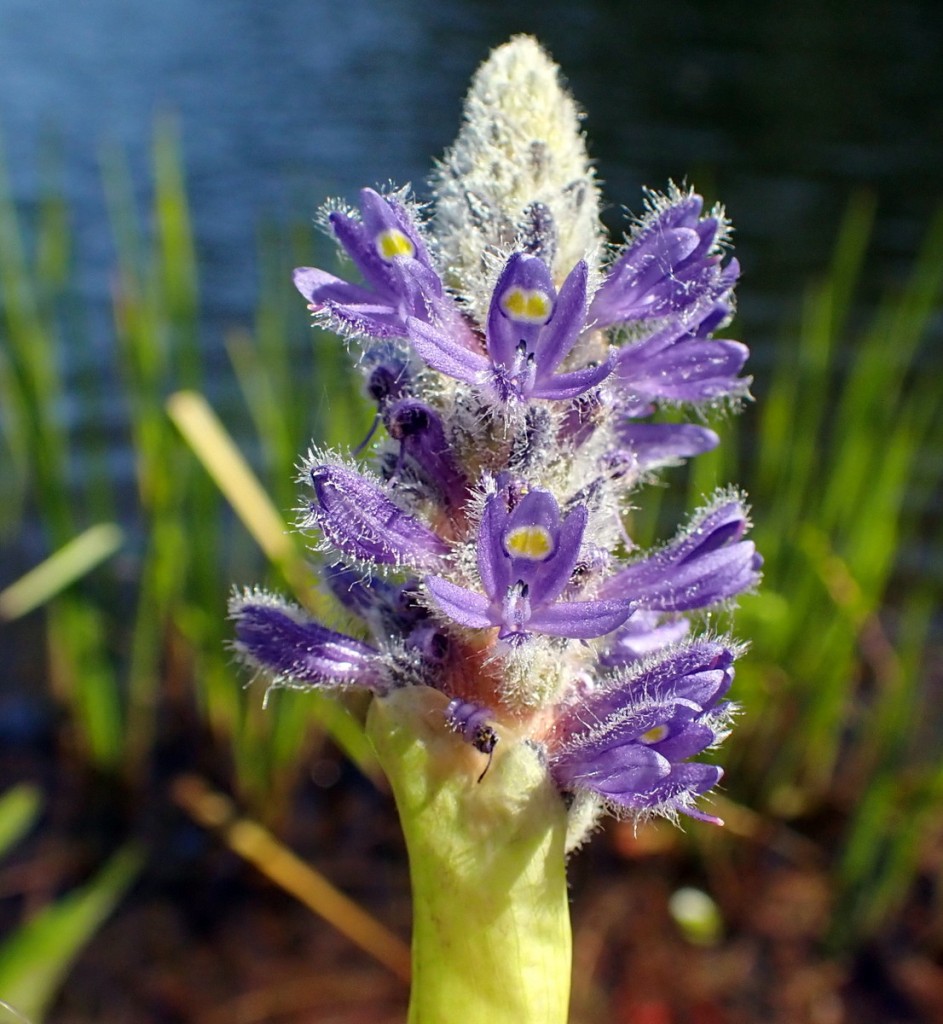
One of the things that always surprises me about pickerel weed is its hairiness. I don’t expect that from a water plant. Its small blue / purple, tubular flowers on spikey flower heads will produce a fruit with a single seed. Once the flowers are pollinated and seeds have formed the flower stalk will bend over and drop the them into the water, where they will have to go through at least two months of cold weather before being able to germinate. If you see pickerel weed you can almost always expect the water it grows in to be relatively shallow and placid, though I’ve heard that plants occasionally grow in water that’s 6 feet deep.

I haven’t seen any berries yet but elderberries (Sambucus nigra canadensis) have bloomed well this year so we should have plenty. This is another plant that doesn’t grow in water but it grows as close as it can to keep its roots good and moist. This native shrub can get quite large and its mounded shape and flattish, off white flower heads make it very easy to identify, even from a distance.

A floating plant that is attached by roots to the pond or lake bottom is an aquatic, and that description fits floating hearts (Nyphoides cordata) perfectly. Floating hearts have small, heart-shaped, greenish or reddish to purple leaves that are about an inch and a half wide, and that’s where their common name comes from. The tiny but very pretty flowers are about the size of a common aspirin and resemble the much larger fragrant white water lily blossom. They grow in bogs, ponds, slow streams, and rivers. This flower was having trouble staying above water because it had rained and the water level had risen.

Forget me nots are not an aquatic plant but I keep finding them in very wet places. This one grew right at the edge of a pond so its roots must have been at least partially in water. The ground they grew in was also so saturated my knees got wet taking this photo. Many plants that are thought of as terrestrial are able to tolerate submersion in water and can live where they’re exposed regularly to water and from what I’ve seen, this is one of them.

Water lobelia (Lobelia dortmanna) is probably the rarest of all the aquatics that grow in this area. I still know of only one pond it grows in and there are only a handful of them there. I’ve read that the plant has the unusual ability of removing carbon dioxide from the rooting zone rather than from the atmosphere. It is said to be an indicator of infertile and relatively pristine shoreline wetlands. This year I saw only 4 or 5 plants in a small group. The small, pale blue or sometimes white flowers are less than a half inch long and not very showy. They have 5 sepals and the base of the 5 petals is fused into a tube. The 2 shorter upper petals fold up. I’ve read that the flowers can bloom and set seed even under water. True aquatic plants are plants that have adapted to living in aquatic environments (saltwater or freshwater) and this one has adapted well.

I saw a strange looking bubble which had ripples coming from it, as if it were moving. It was in a pond, just off shore.

Of course if you go looking for aquatic plants, you’re going to see dragonflies like this widow skimmer.

I’m also seeing lots of what I think are spangled skimmers this year. On this day all of them were watching the water.
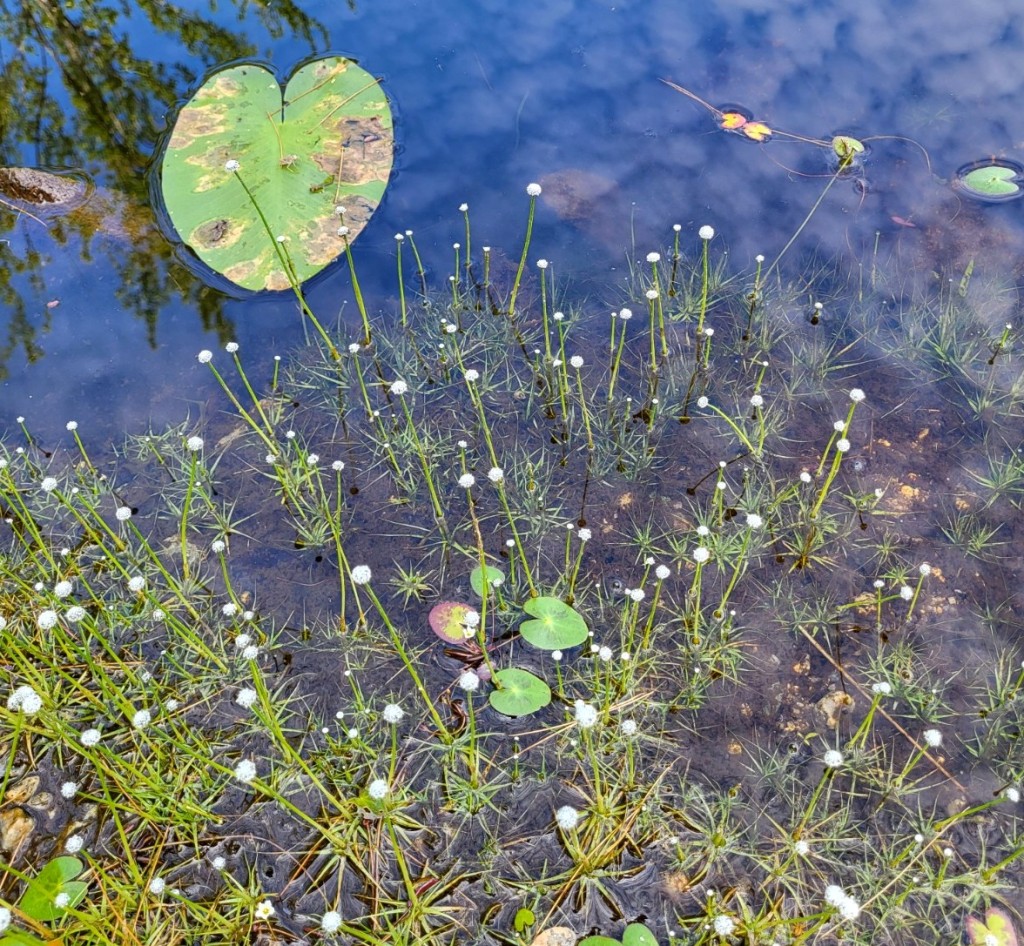
Pipewort plants (Eriocaulon aquaticum) are also called hatpins, and this photo shows why perfectly. Pipewort plants have basal leaves growing at the base of each stem and the leaves are usually underwater, but falling water levels had exposed them here. Interestingly, this photo also shows the size difference between a floating heart, which is there in the center, and a standard water lily leaf, which you can just see in the top left. Floating hearts are tiny in comparison.

Pipewort stems have a twist and 7 ridges, and for those reasons it is called seven angle pipewort. The quarter inch diameter flower head that sits atop the stem is made up of minuscule white, cottony flowers. I think it’s interesting how their leaves can photosynthesize under water.

Sometimes it doesn’t matter if there are any flowers in view. The light is enough.

I saw what I thought was a pretty clump of grass right at the very edge of the river bank but when I looked closer, I saw that it wasn’t any grass that I had ever seen before and I think it is reed sweet-grass (Glyceria maxima,) which is invasive. It is native to Europe and Western Siberia and is a semi-aquatic, perennial grass with unbranched stems that get up to 8’ tall. There is a reddish tint on the lower parts of the stems. This plant towered up over my head but I can’t swear it had red on the stems because I have trouble seeing red. Reed sweet-grass invades wetlands and crowds out natives, and is not suitable for nesting. It is also a poor food source for our native wildlife.
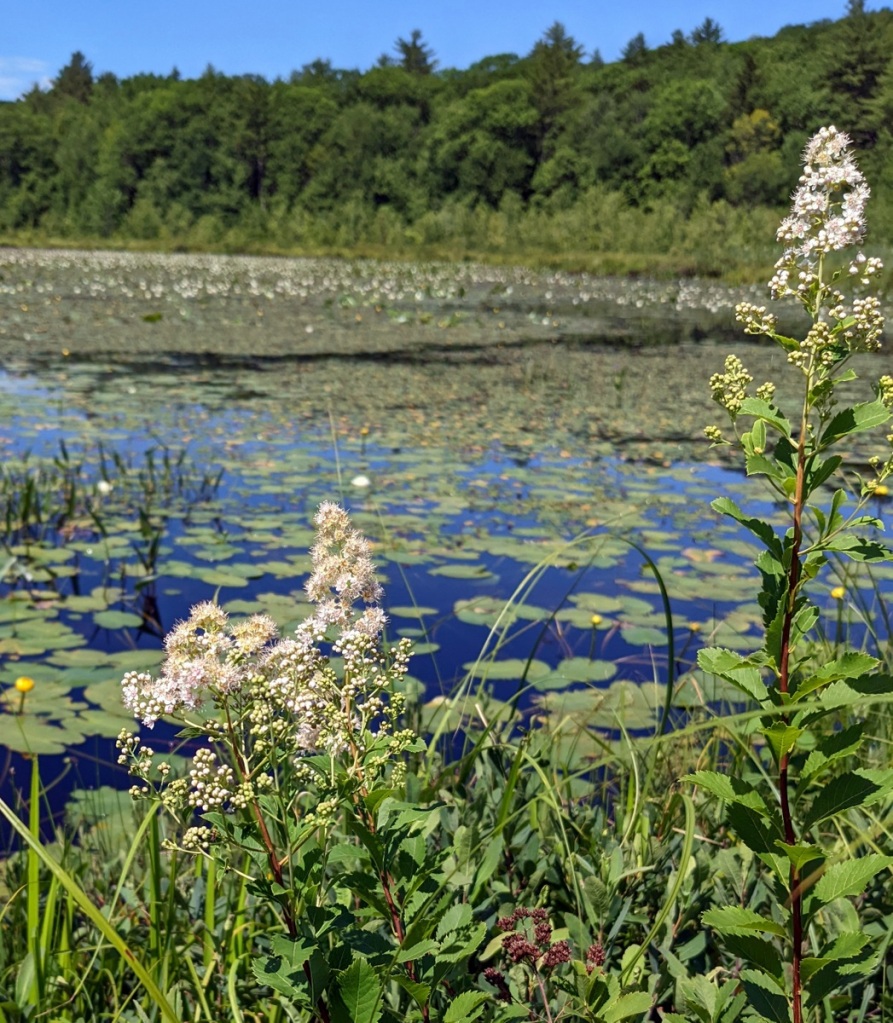
Meadowsweet (Spirea alba) grows in the form of a small shrub and is in the spirea family, which its flowers clearly show with their many fuzzy stamens. It’s a common plant that I almost always find near water.

Meadowsweet flowers are fragrant and have a sort of almond-like scent. A close look shows that clearly, they belong in the spirea family. Before long their pretty purple cousins the steeple bushes will come along.

In my opinion swamp milkweed (Asclepias incarnata) is the most beautiful milkweed of all. It grows onshore but a few yards away from the water’s edge on land that rarely floods. Many insects were visiting it on this day. I know of only a single plant now, so I hope it produces plenty of seeds. The flowerheads always remind me of millefiori glass paperweights.

Swamp candles (Lysimachia terrestris) are not true aquatics but they do grow close enough to water to have their roots occasionally flooded. They are common along the edges of ponds and wetlands at this time of year. Their name comes from the way their bright color lights up a swamp, just as they did here.

Swamp candles have a club shaped flower head (raceme) made up of 5 petaled yellow flowers. Each yellow petal of a swamp candle flower has two red dots at its base that help form a ring of ten red dots around the five long stamens in the center of the flower. The petals are also often streaked with red and this is common among the yellow loosestrifes. Reddish bulbets will sometimes grow in the leaf axils. I’ve read that our native yellow loosestrifes were thought to have soothing powers over animals so people would tie the flowers to the yoke of oxen to make them easier to handle.

Pretty little sheep laurel (Kalmia angustifolia) will sometime grow in standing water but only when it rains and the water level rises. By choice they live right at the water’s edge. On the day I saw these I saw thousands of flowers blooming on the banks of a pond.
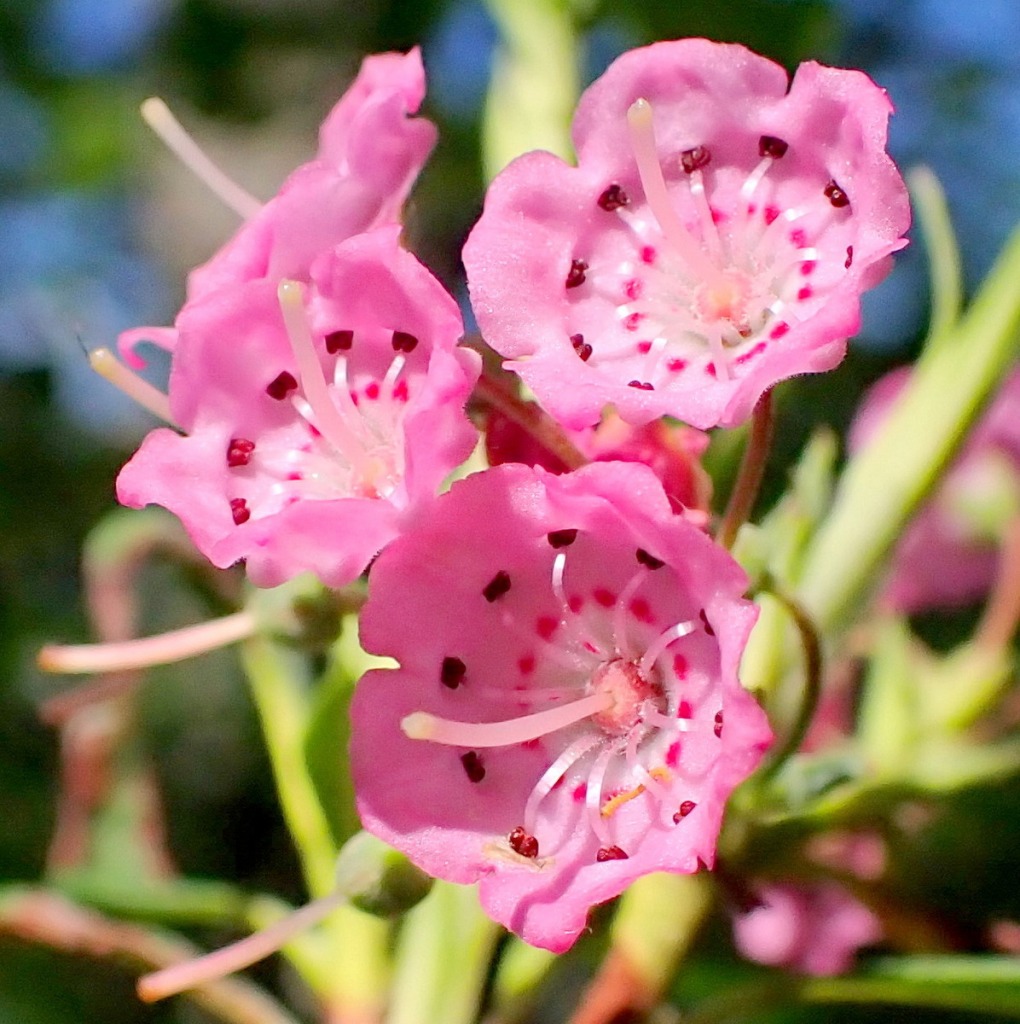
Here is a closer look at the flowers. Sheep laurel is part of the Kalmia clan, which in turn is part of the very large heath family, which includes rhododendrons, blueberries and many other plants. I know of only three Kalmias here and they are Mountain, Sheep and Bog laurel. The flowers of all three, though different in size and color, have ten spring loaded anthers which release when a heavy enough insect lands on the flower. It then gets dusted with pollen and goes on its way.

You can always tell that you’ve found one of the three Kalmias by looking at the outside of the flower. If it has ten bumps like those seen here you have found one of the laurels. Each bump is a tiny pocket that the tip of an anther fits into. If the flowers are anything but white it is either a sheep or bog laurel. If the flowers are white it’s a mountain laurel, though I’ve seen mountain laurels with pink flowers in gardens for the first time this year.
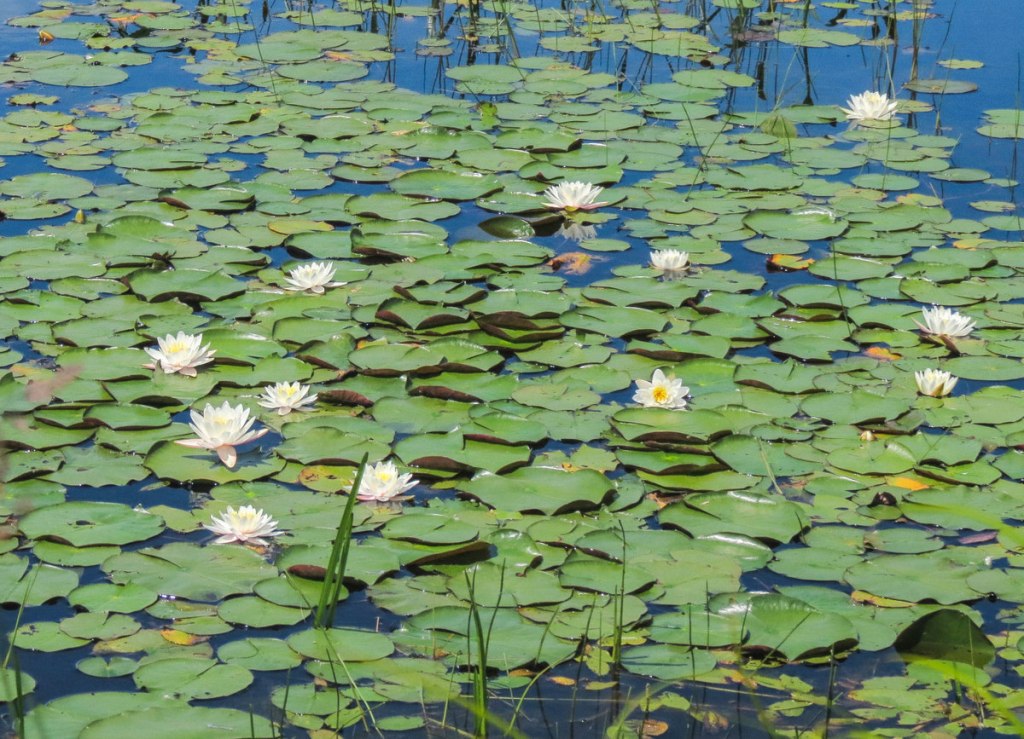
Fragrant white water lilies (Nymphaea odorata) are having a good year, I’m happy to say. They’re one of our most beautiful native aquatics. If you could get your nose into one you might smell something similar to honeydew melon or cantaloupe, but getting your nose into one is the tricky part.
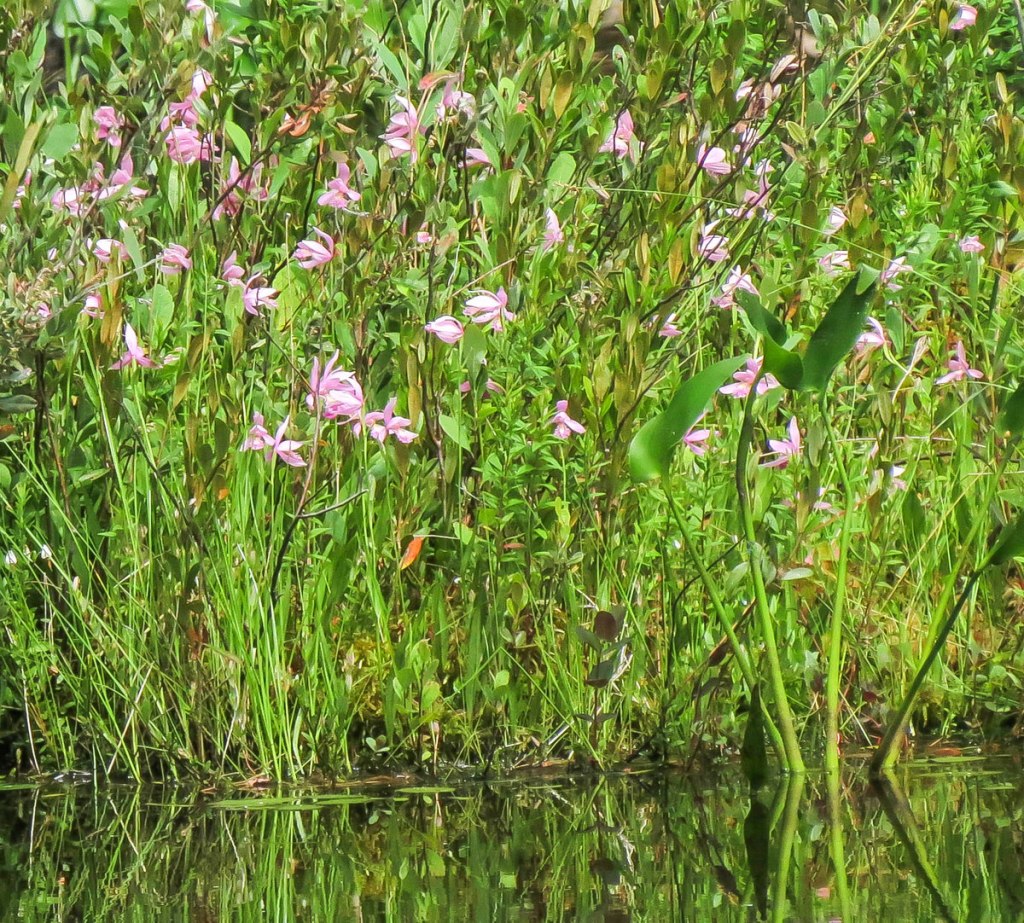
I went to a local pond and saw what I thought were two-foot-tall white flowers on an island offshore. The pickerel weeds growing near the island told me the water could be up to six feet deep, so I certainly couldn’t wade out to them. My only choice was the zoom on my beaten-up old camera so I put it on the monopod and gave it a shot. When I looked at the photo I was stunned to see that the flowers weren’t white, they were pink. That was because they were rose pogonia orchids (Pogonia ophioglossoides,) a most rare and beautiful flower that I had been searching for in the wild for probably twenty years. And here they were, at a pond I had visited a hundred times. Why had I not seen them before? Because I had never come to this exact spot on the shore at this exact time of year before. That’s how easy it is to miss seeing one of the most beautiful flowers found in nature in bloom.

I’m sorry these are such poor photos but if you just Google “Rose Pogonia” you will see them in all their glory. This is a fine example of why, once you’ve started exploring and studying nature you feel that you really should keep at it, because you quickly learn that right around that next bend in the trail could be the most beautiful thing you’ve ever seen. I hope you have found that this is true in your own walks through nature.
Away from the tumult of motor and mill
I want to be care-free; I want to be still!
I’m weary of doing things; weary of words
I want to be one with the blossoms and birds.
~Edgar A. Guest
Thanks for coming by.
